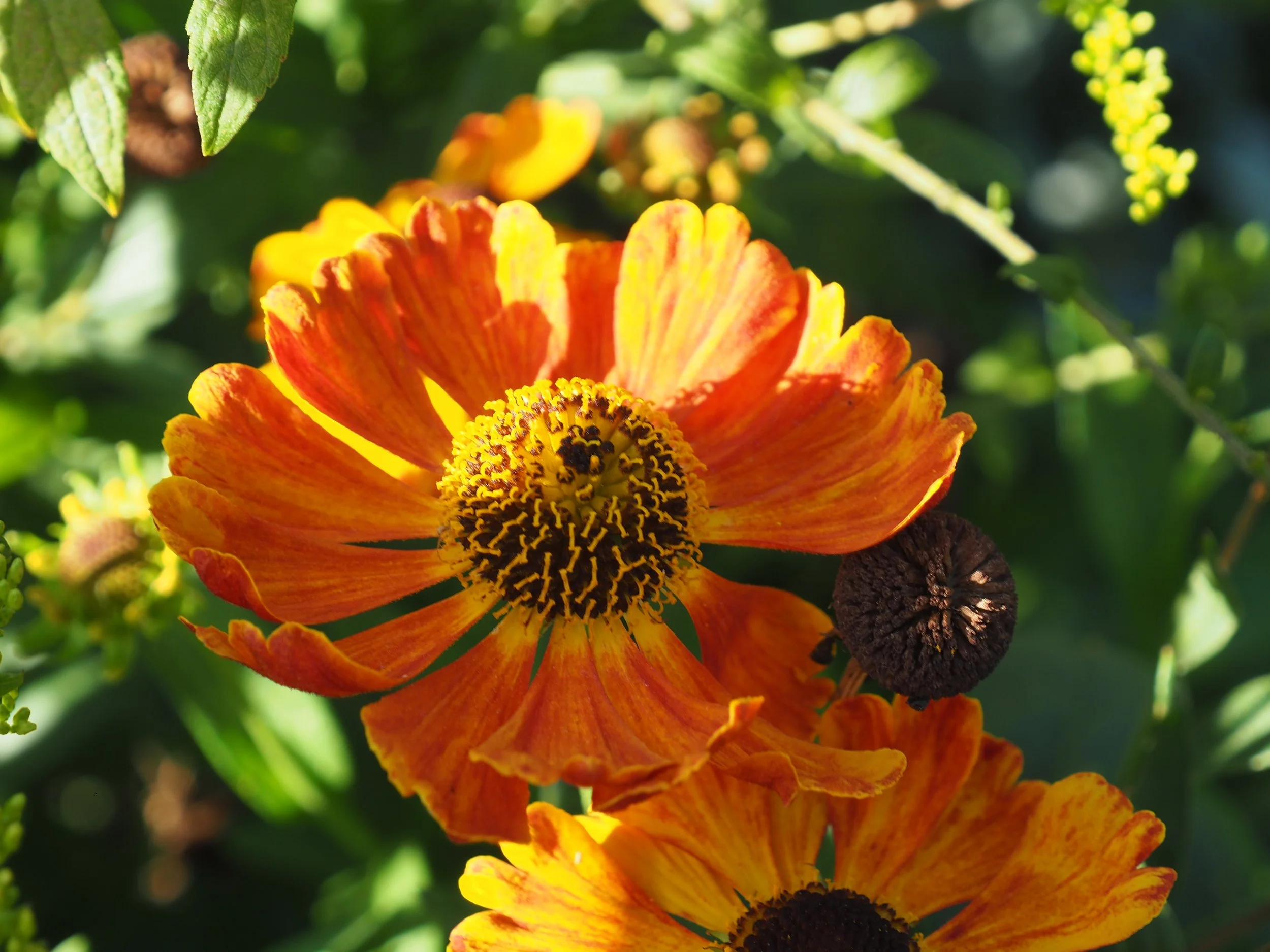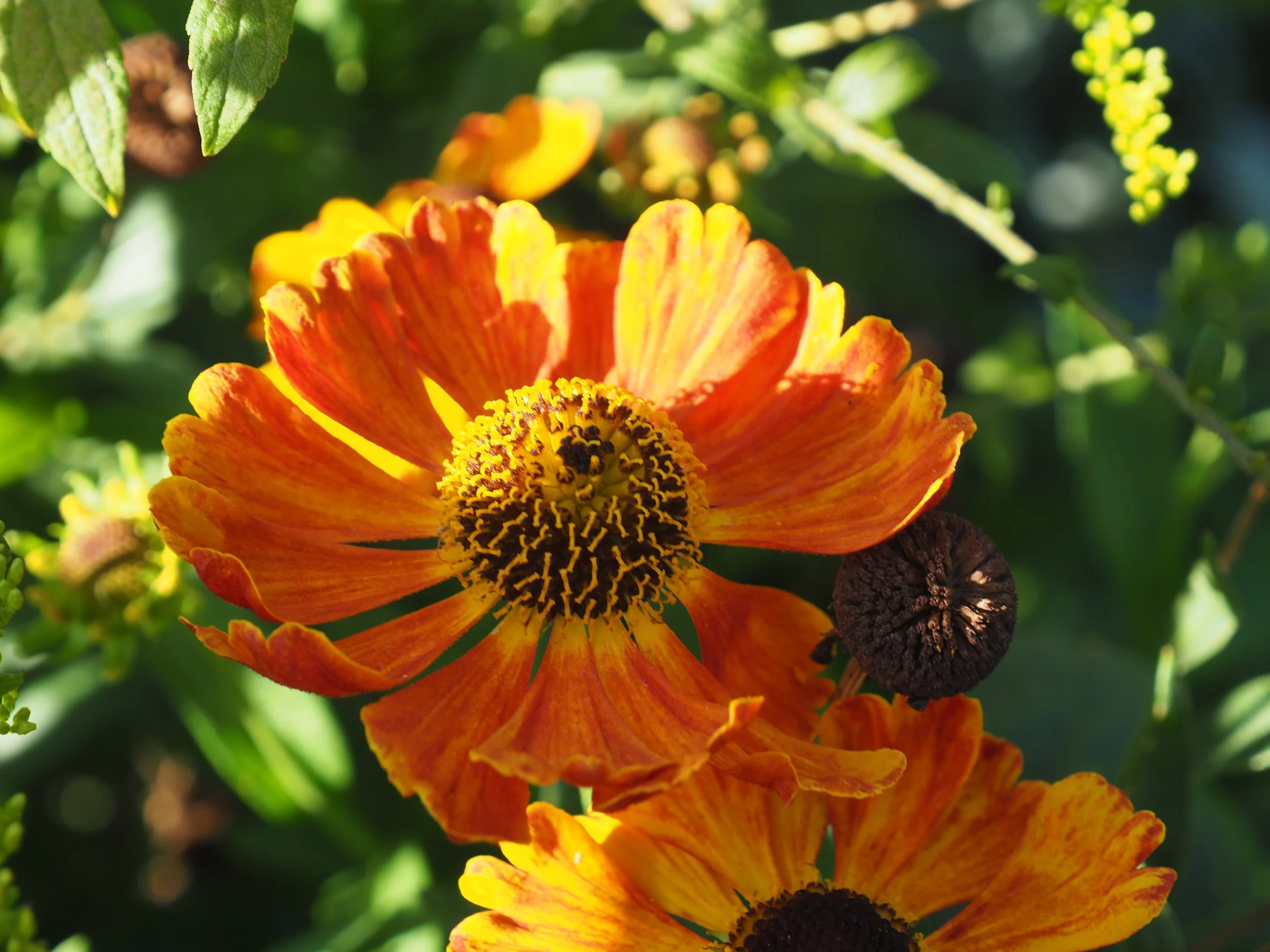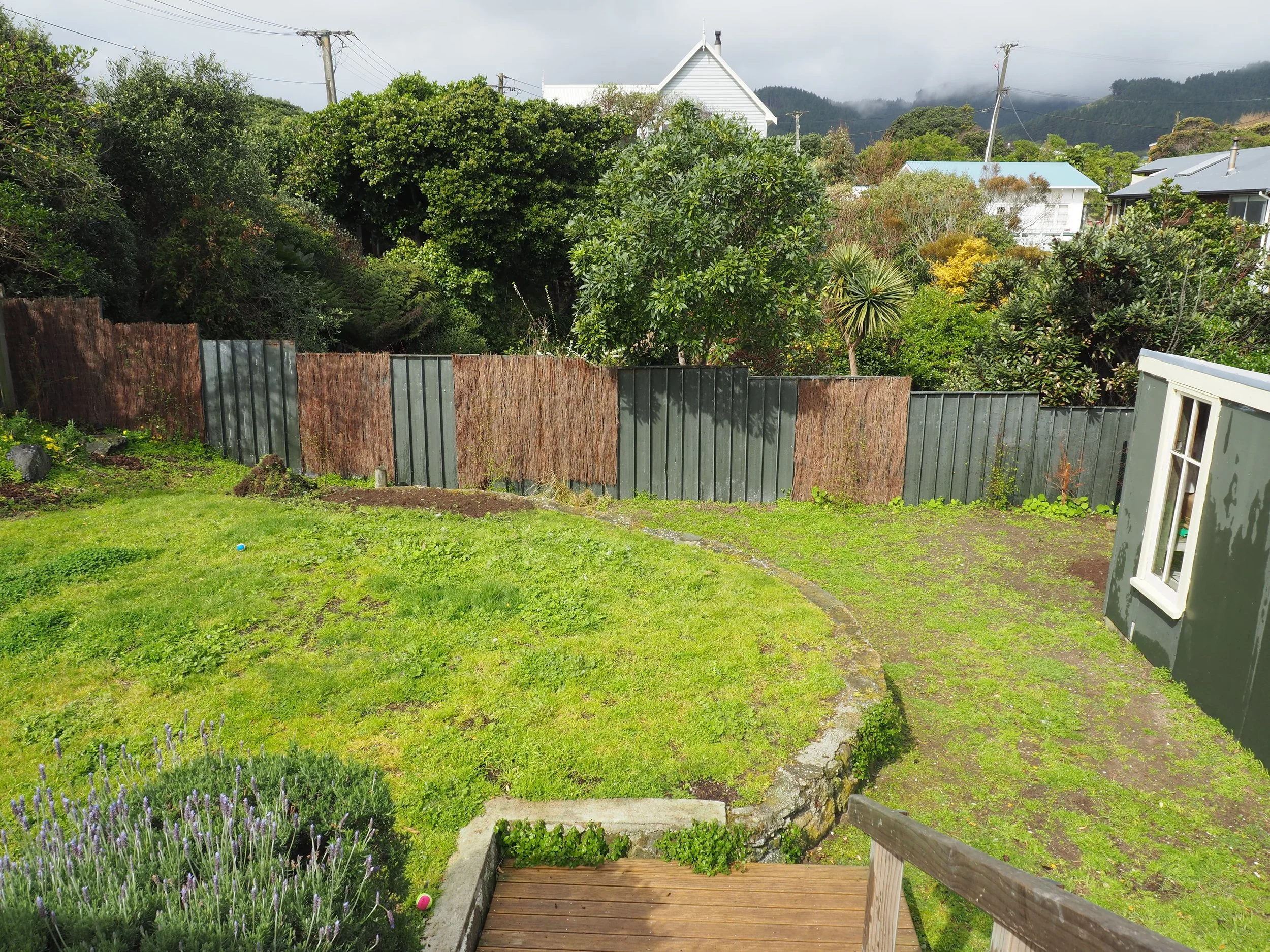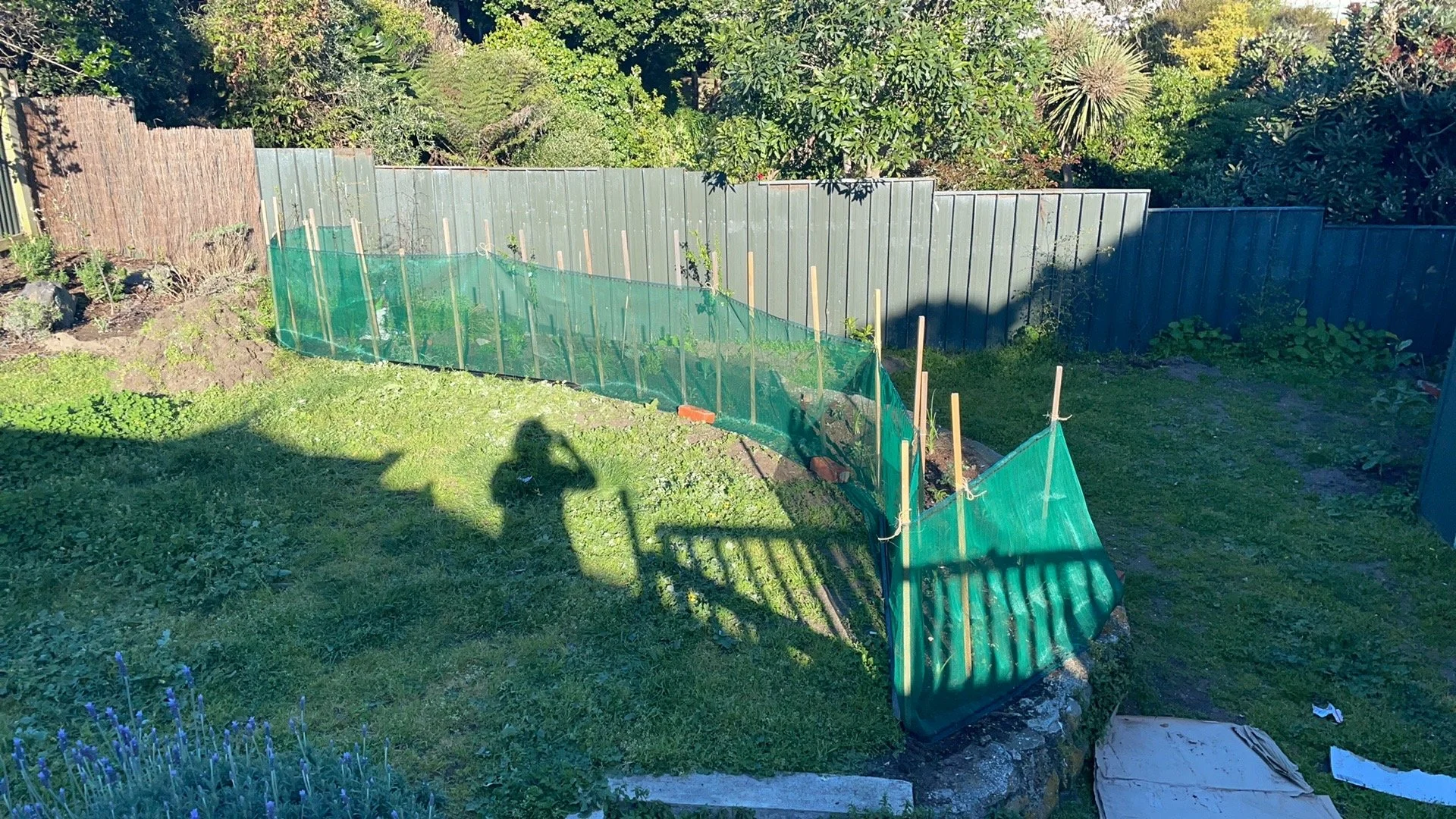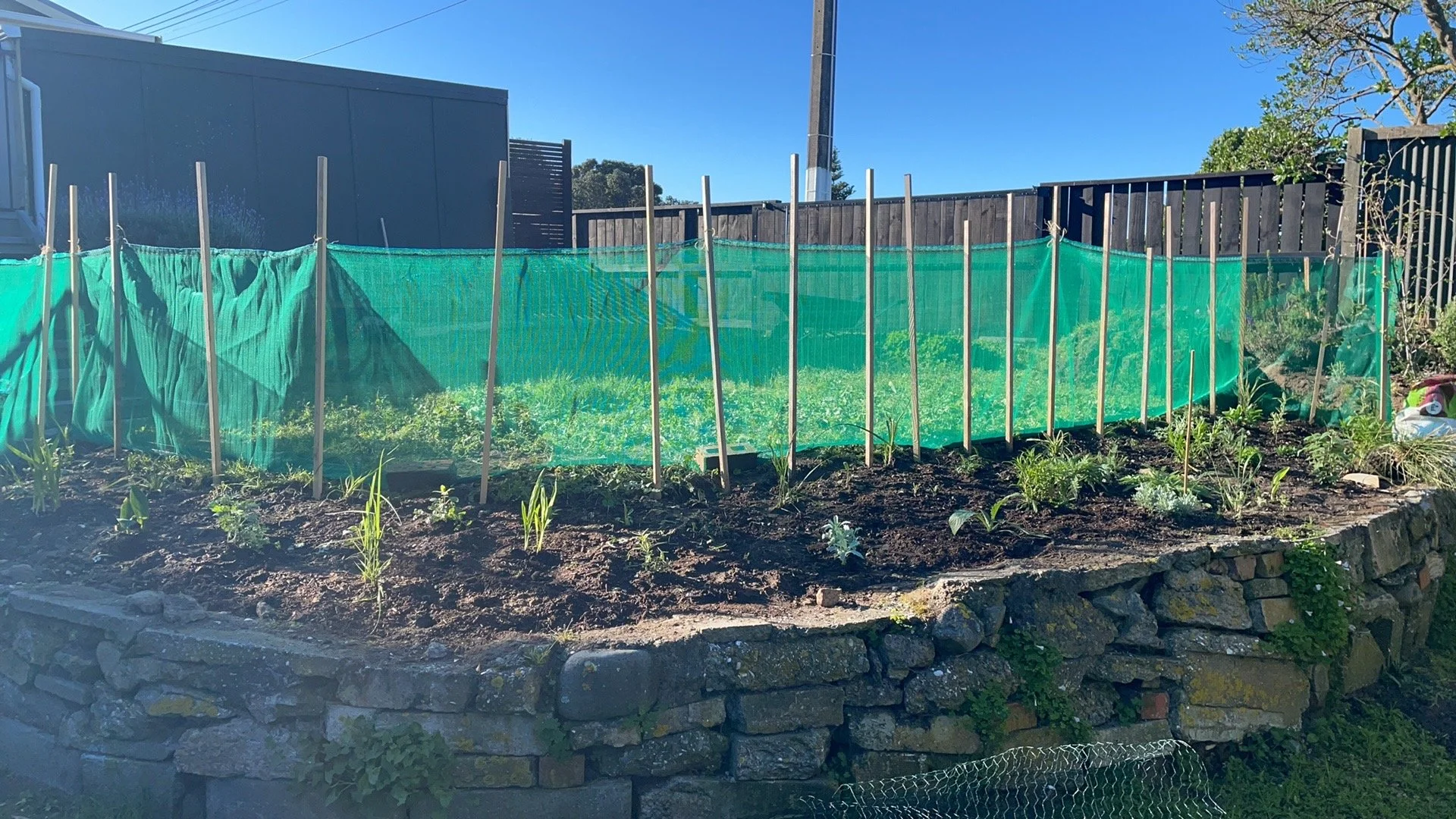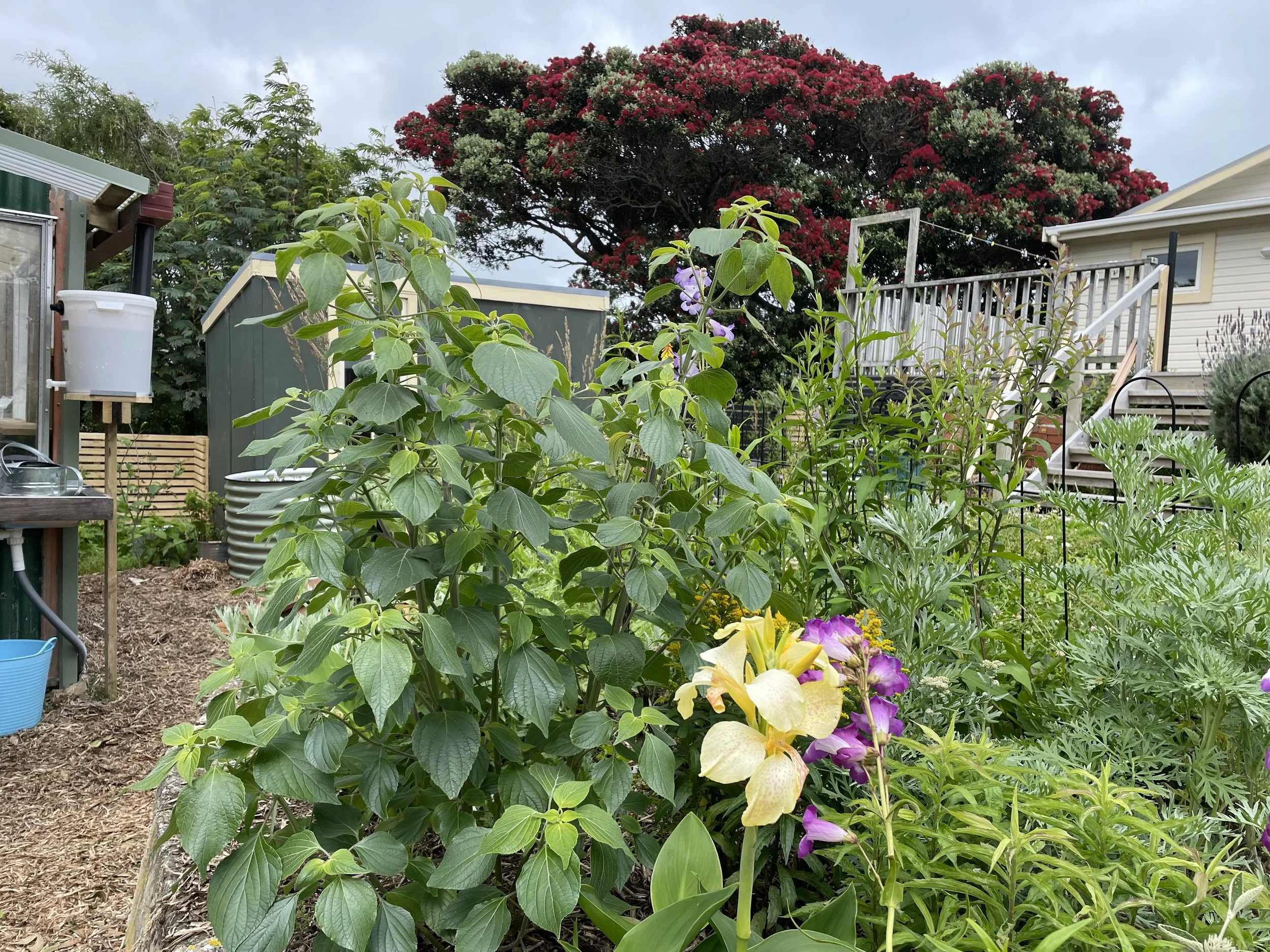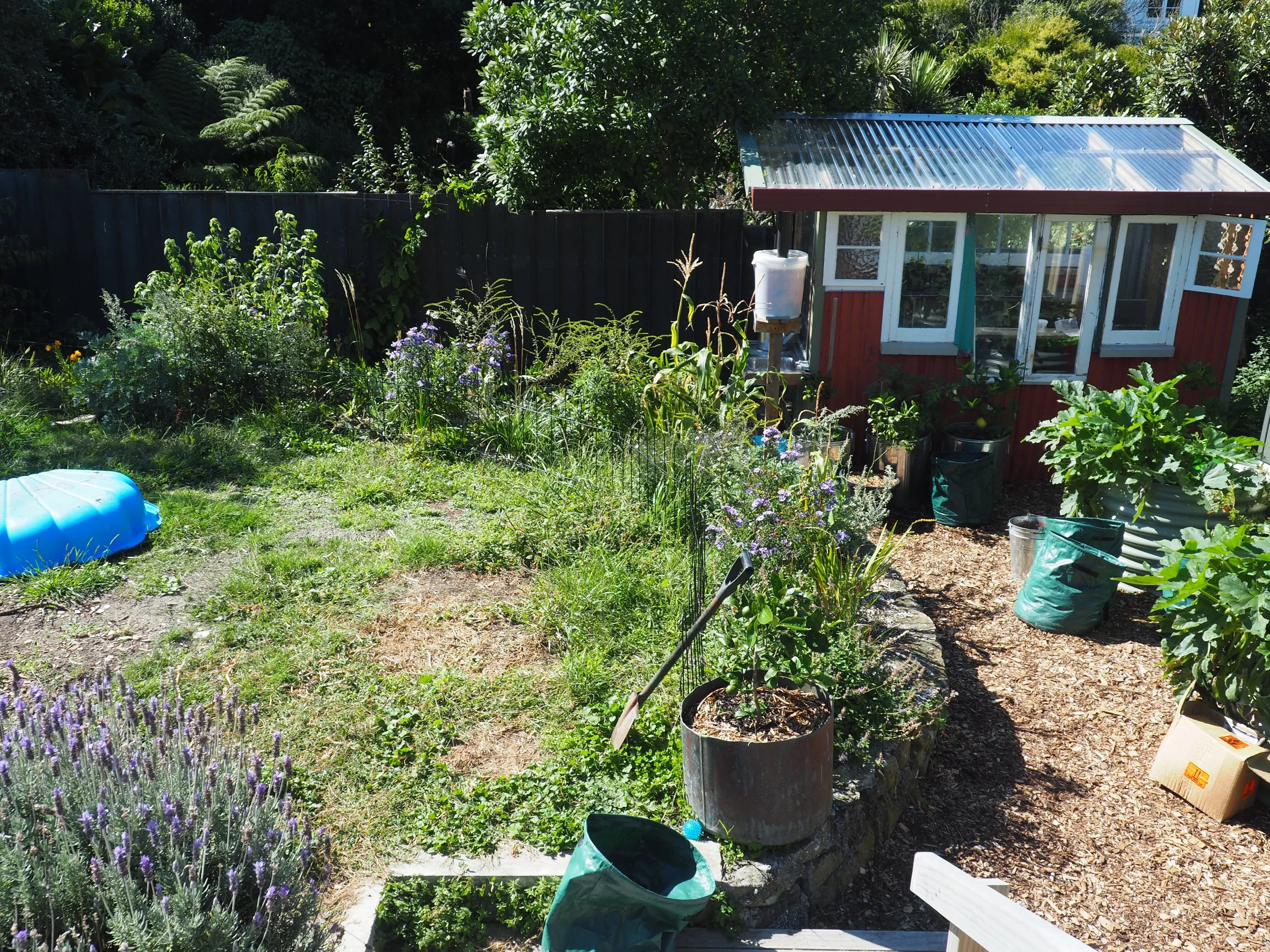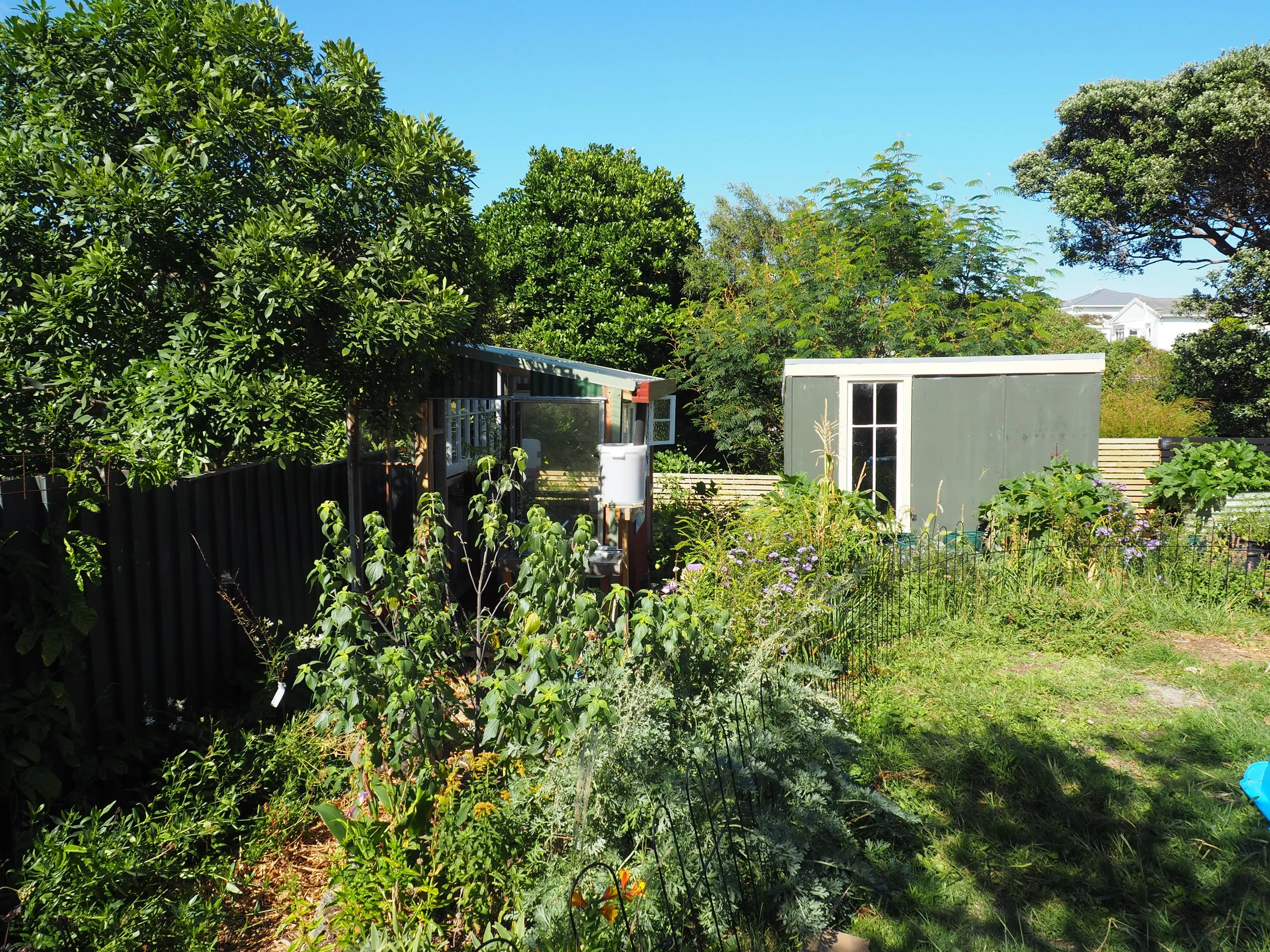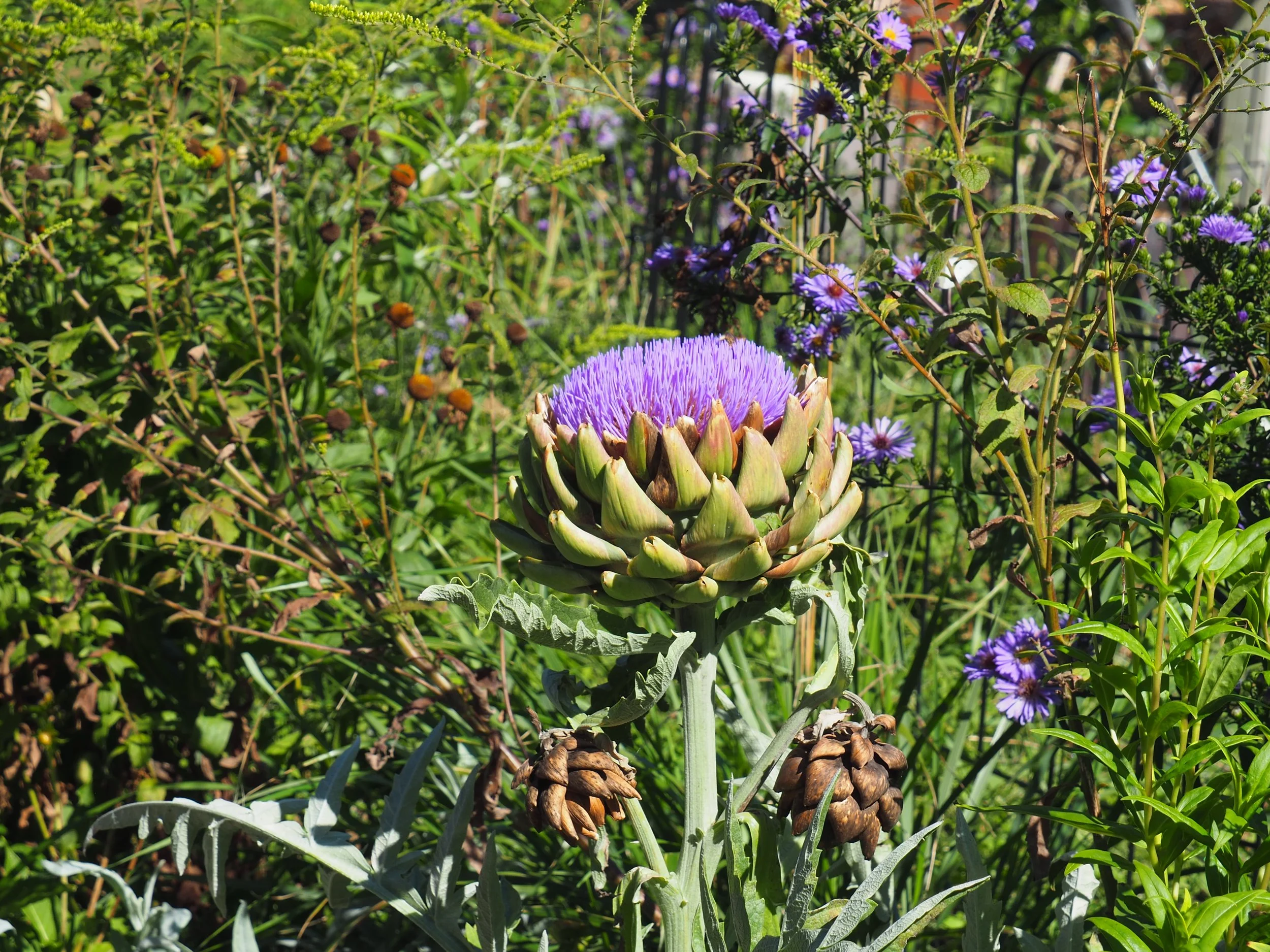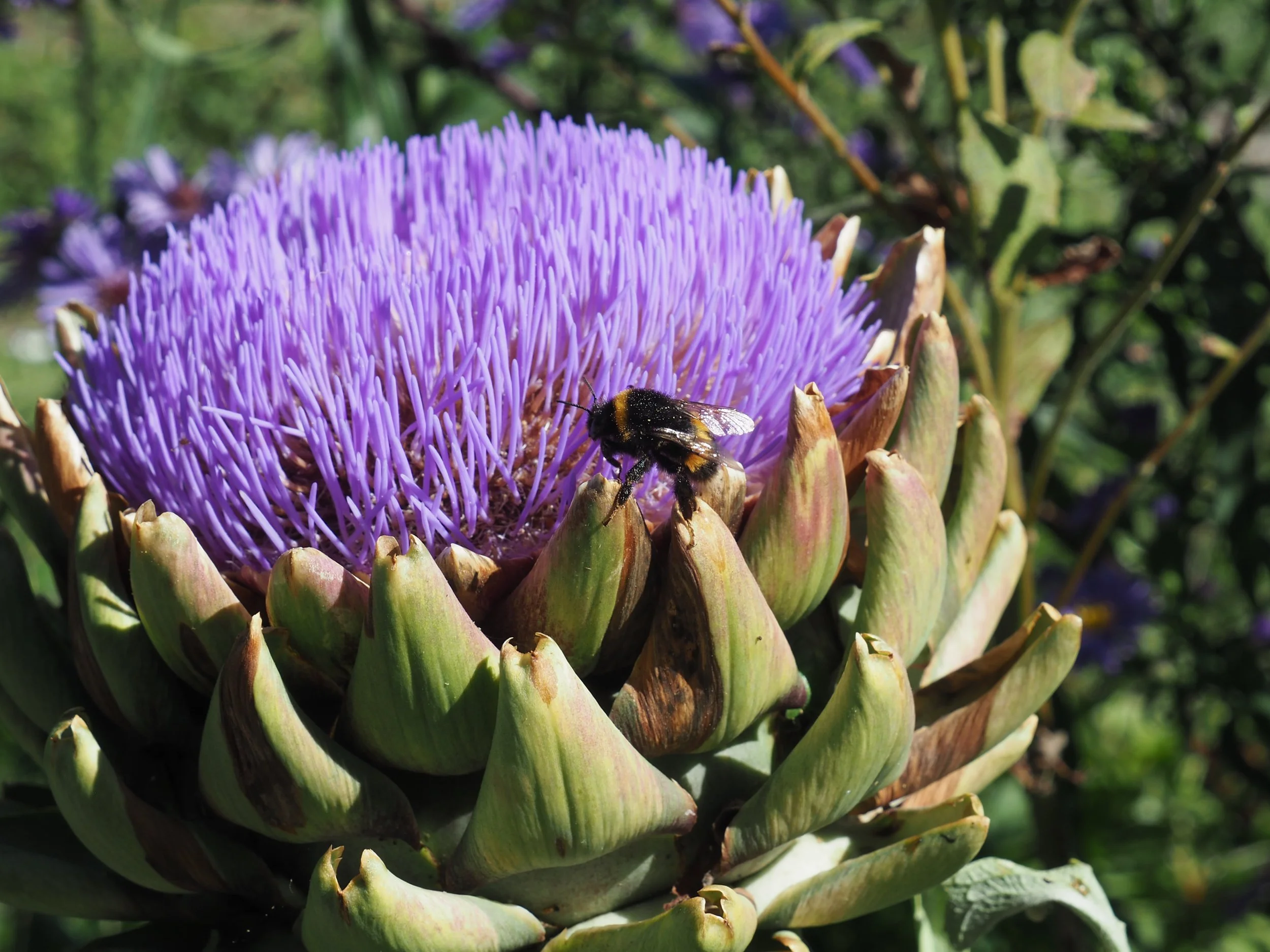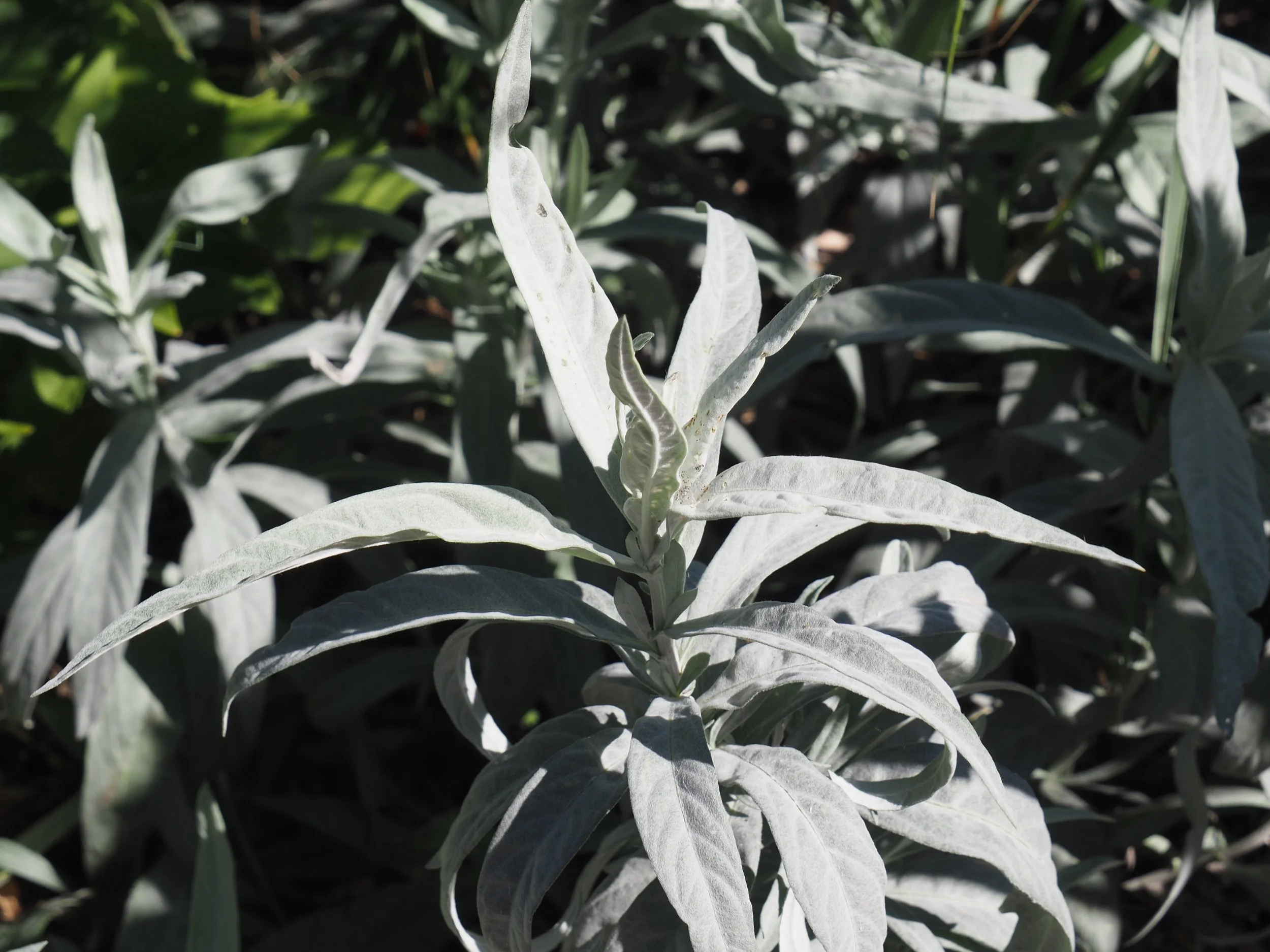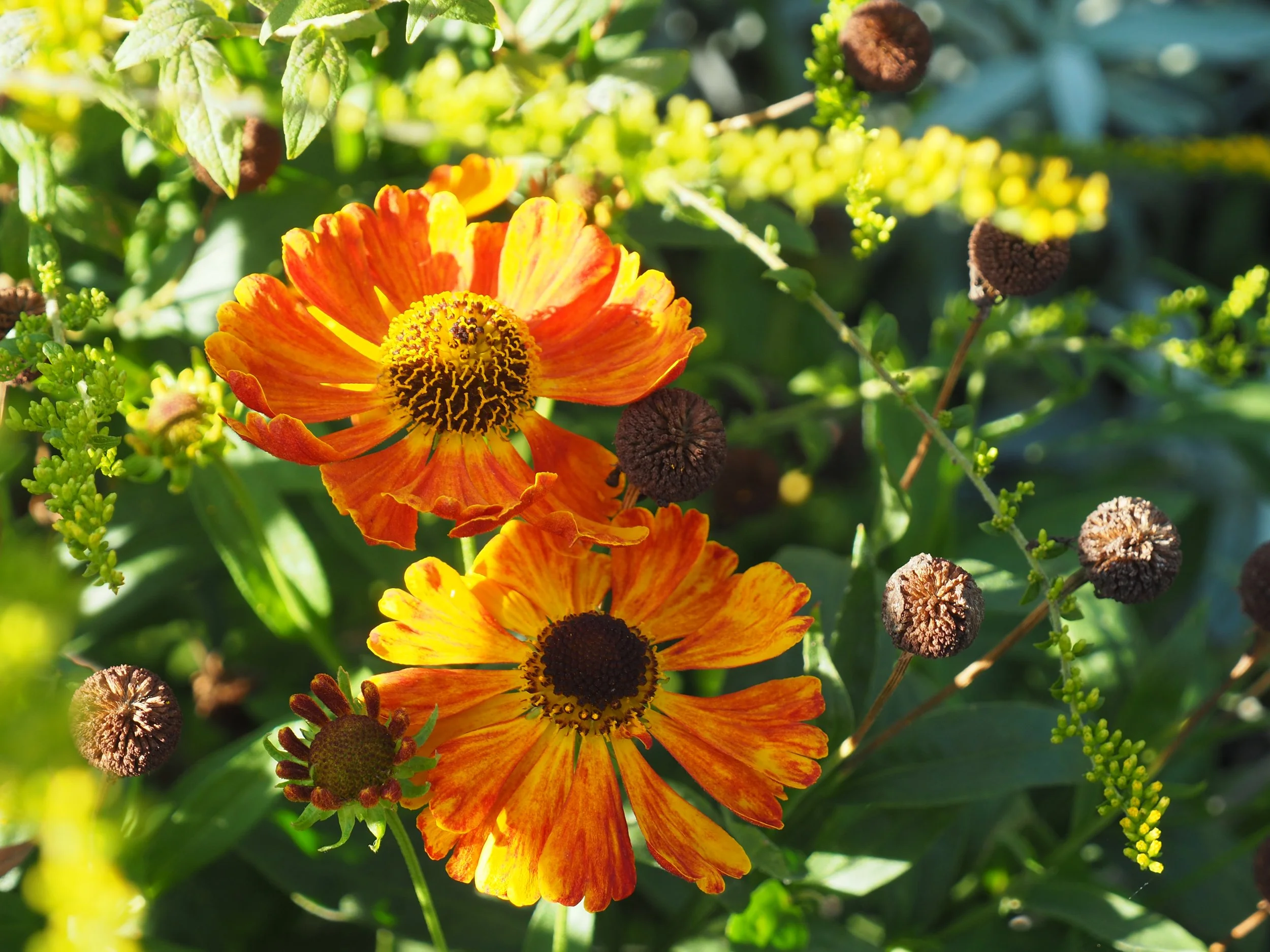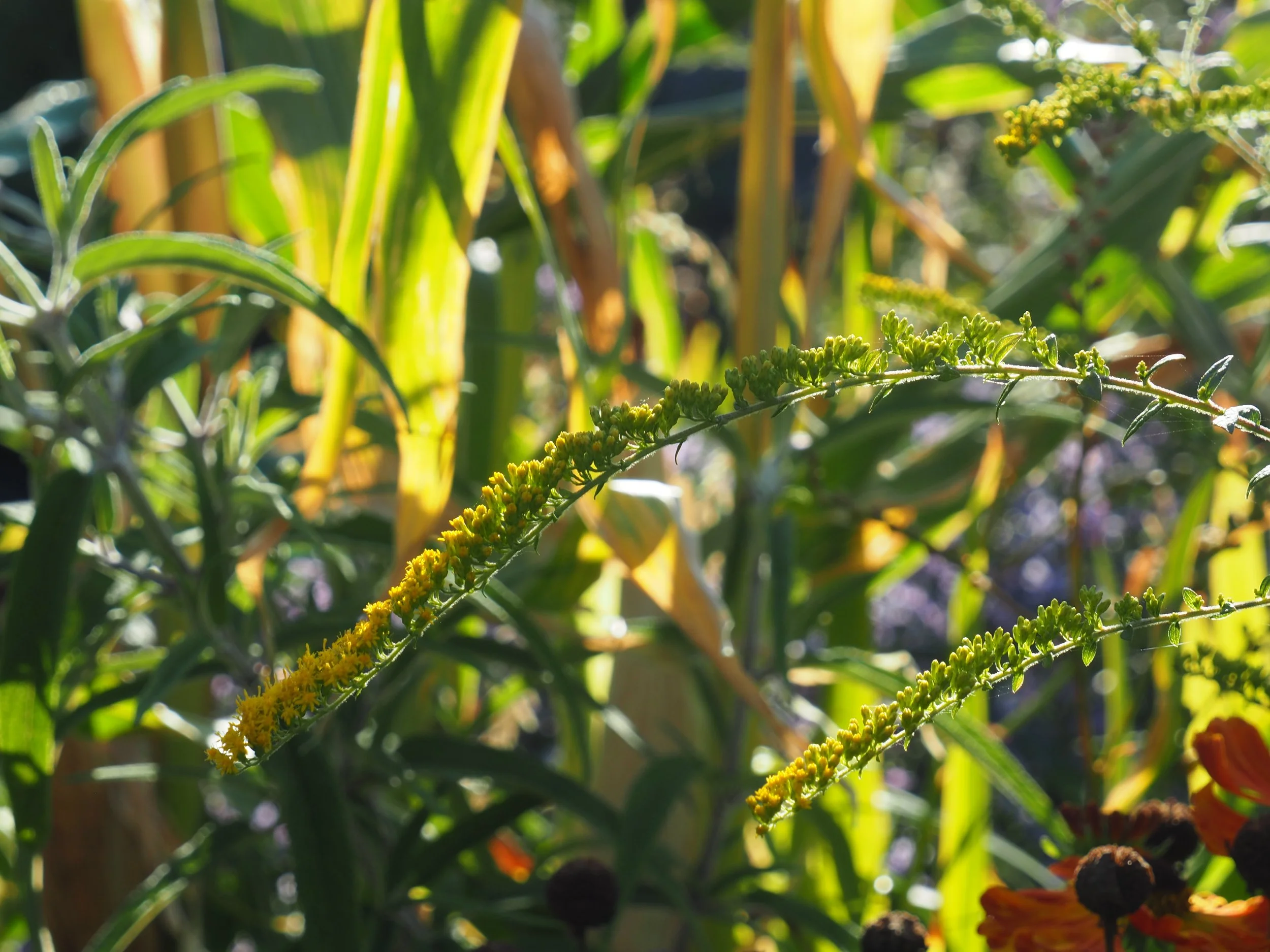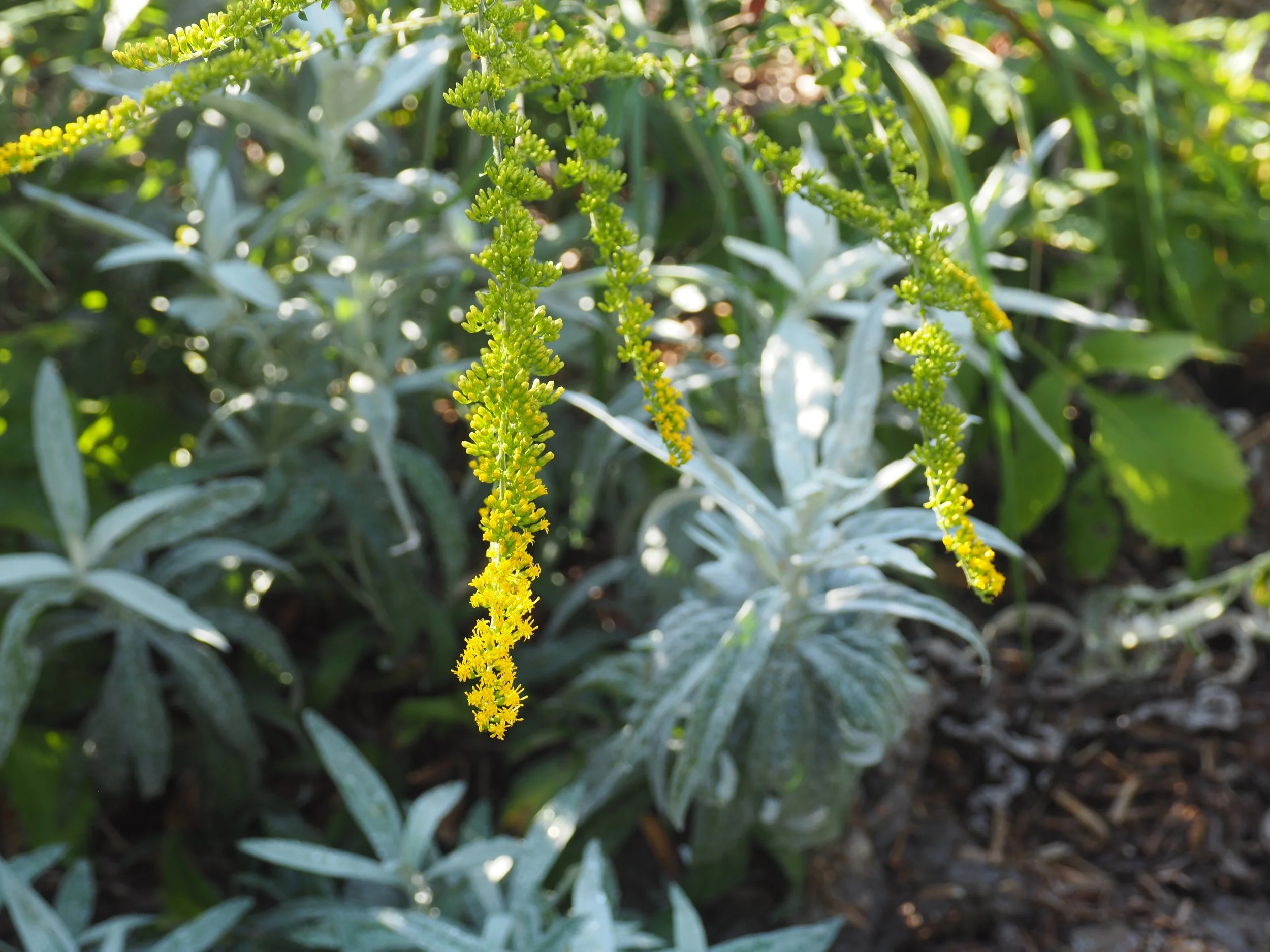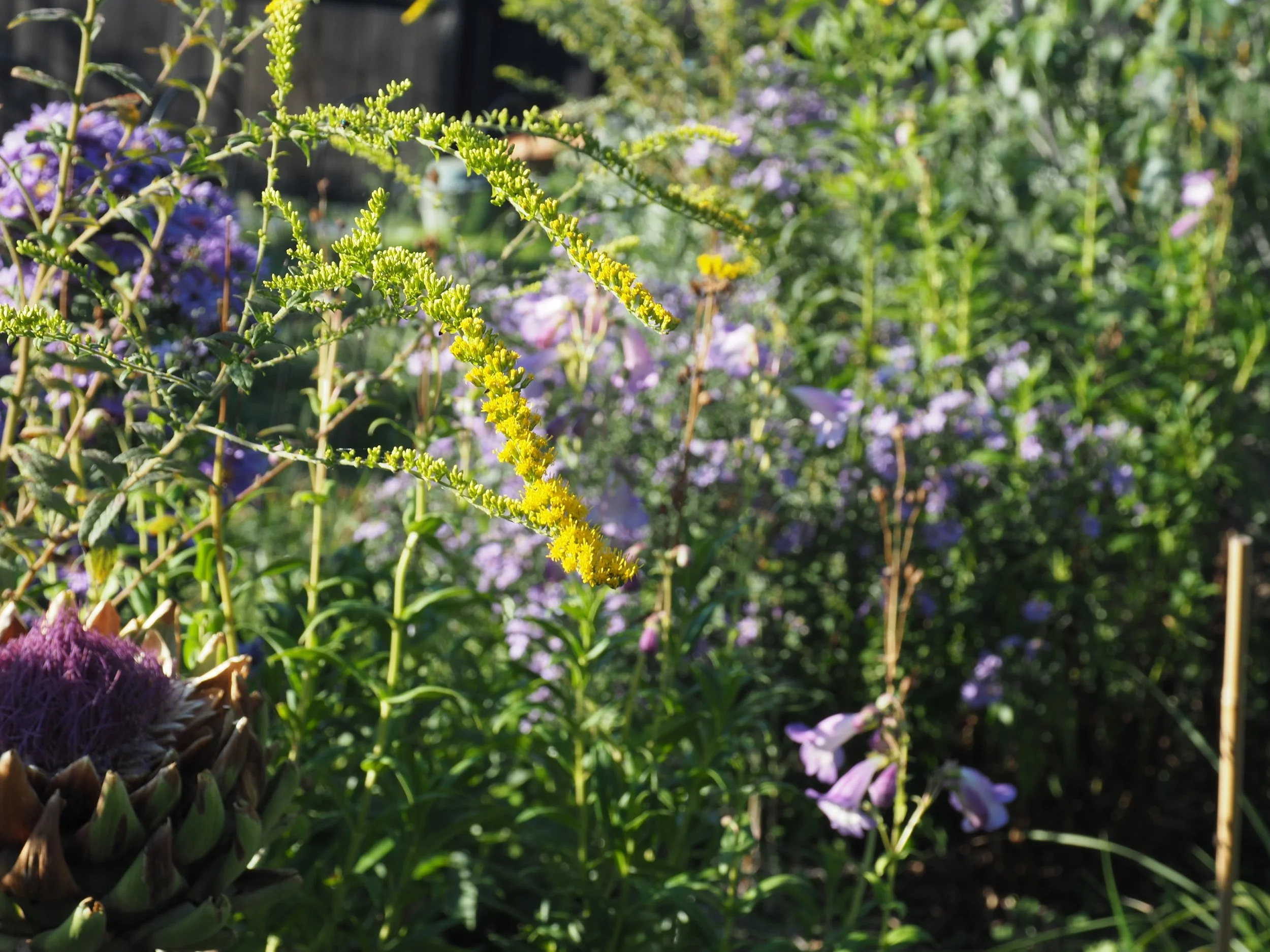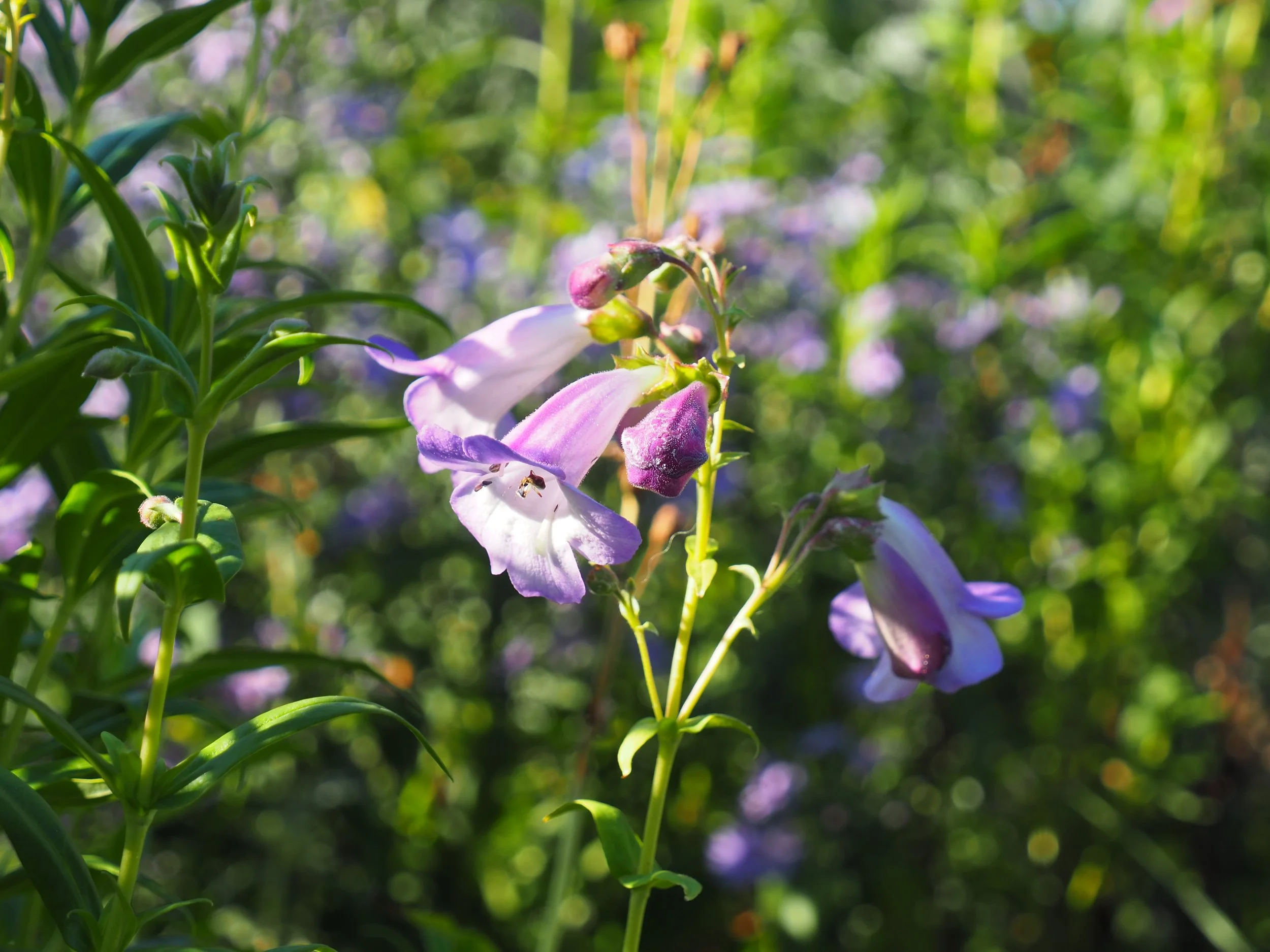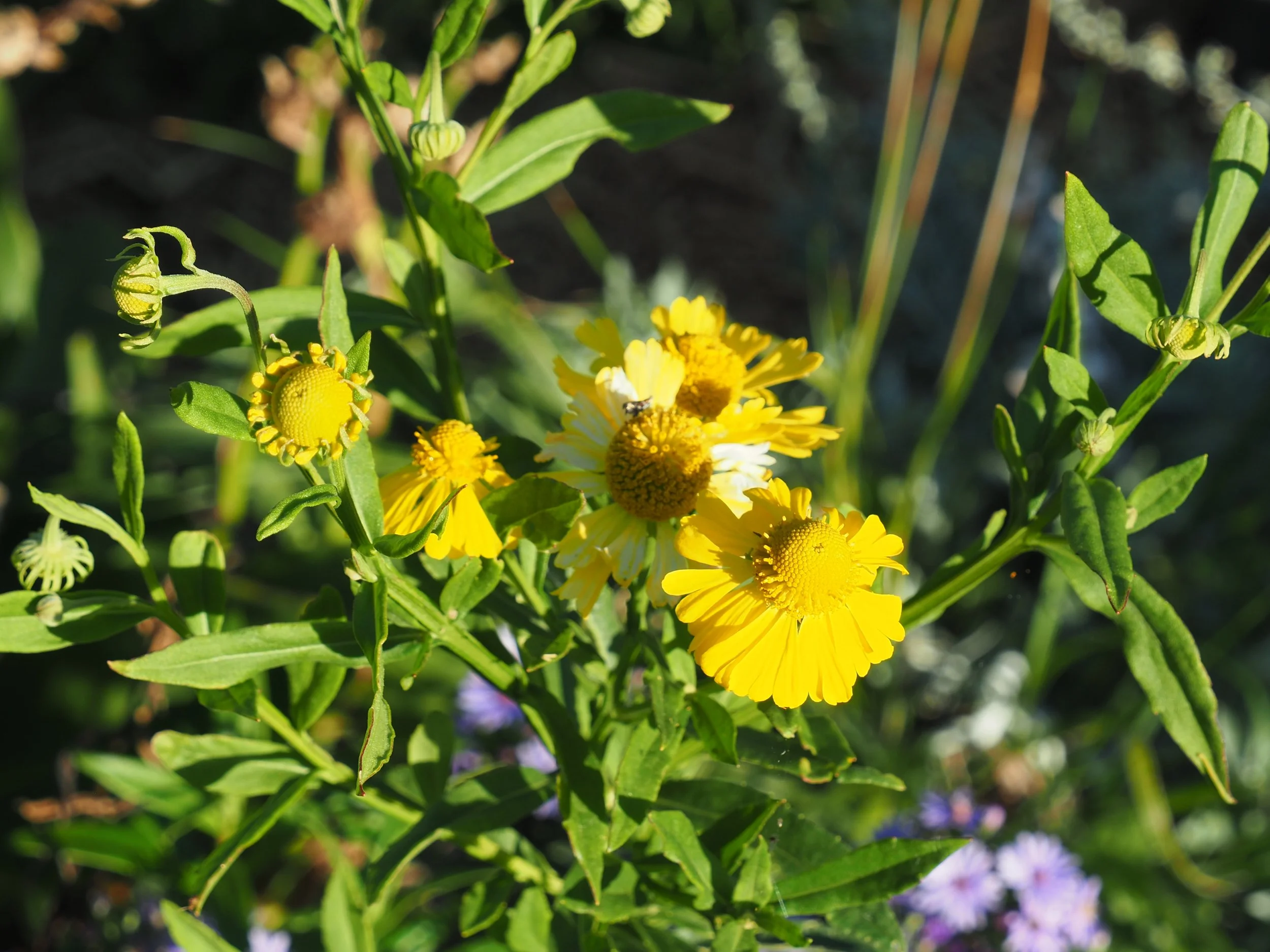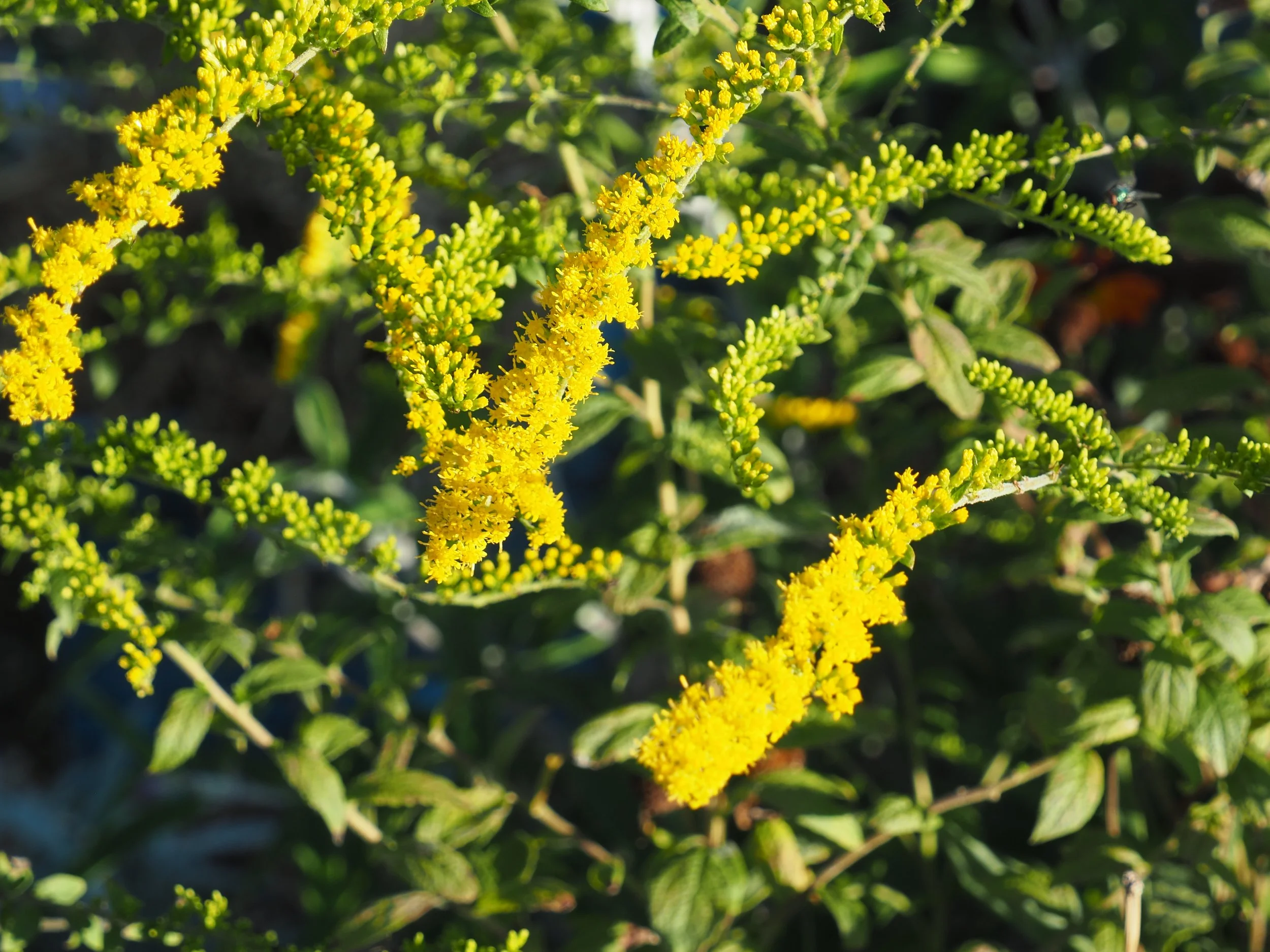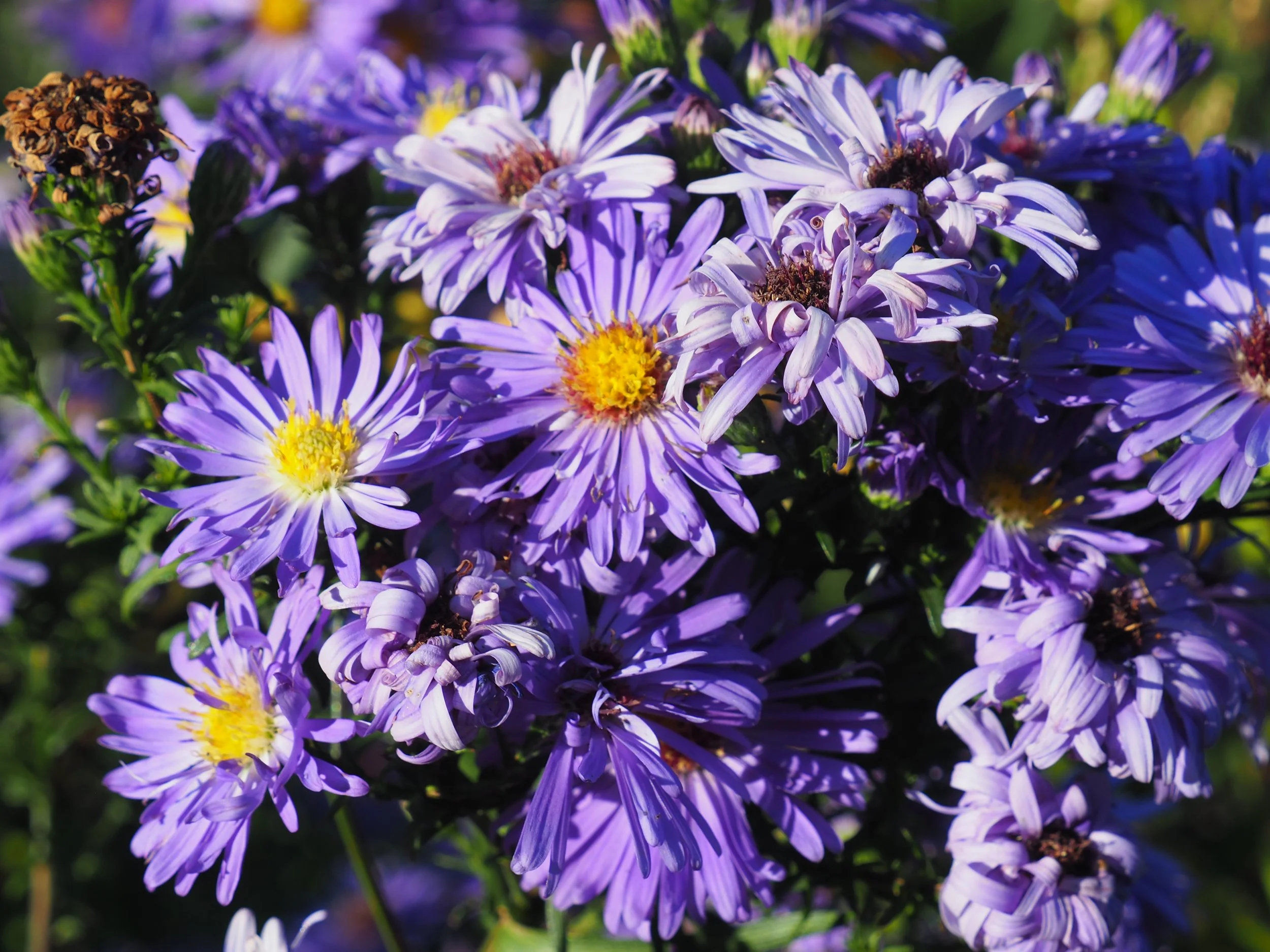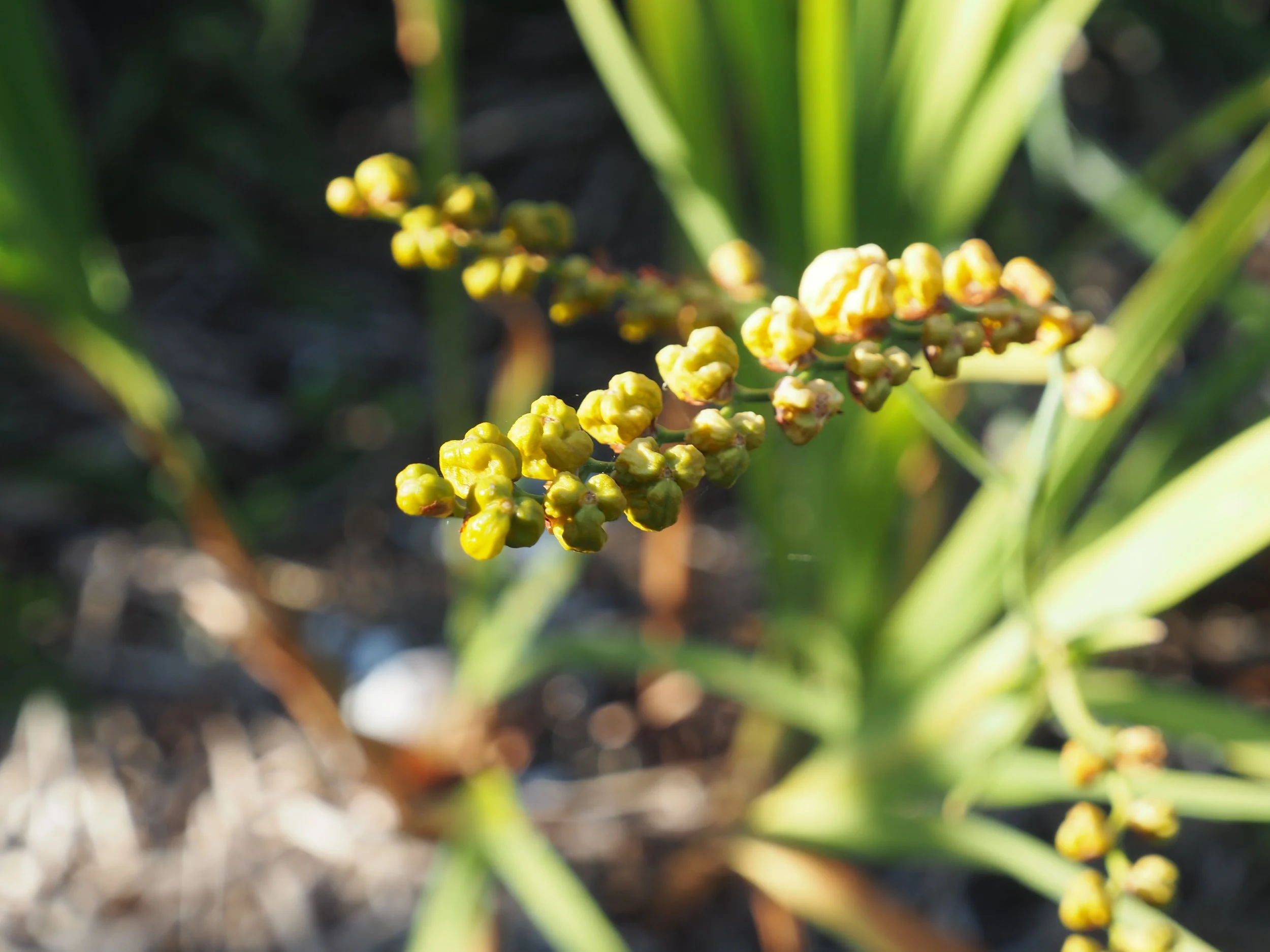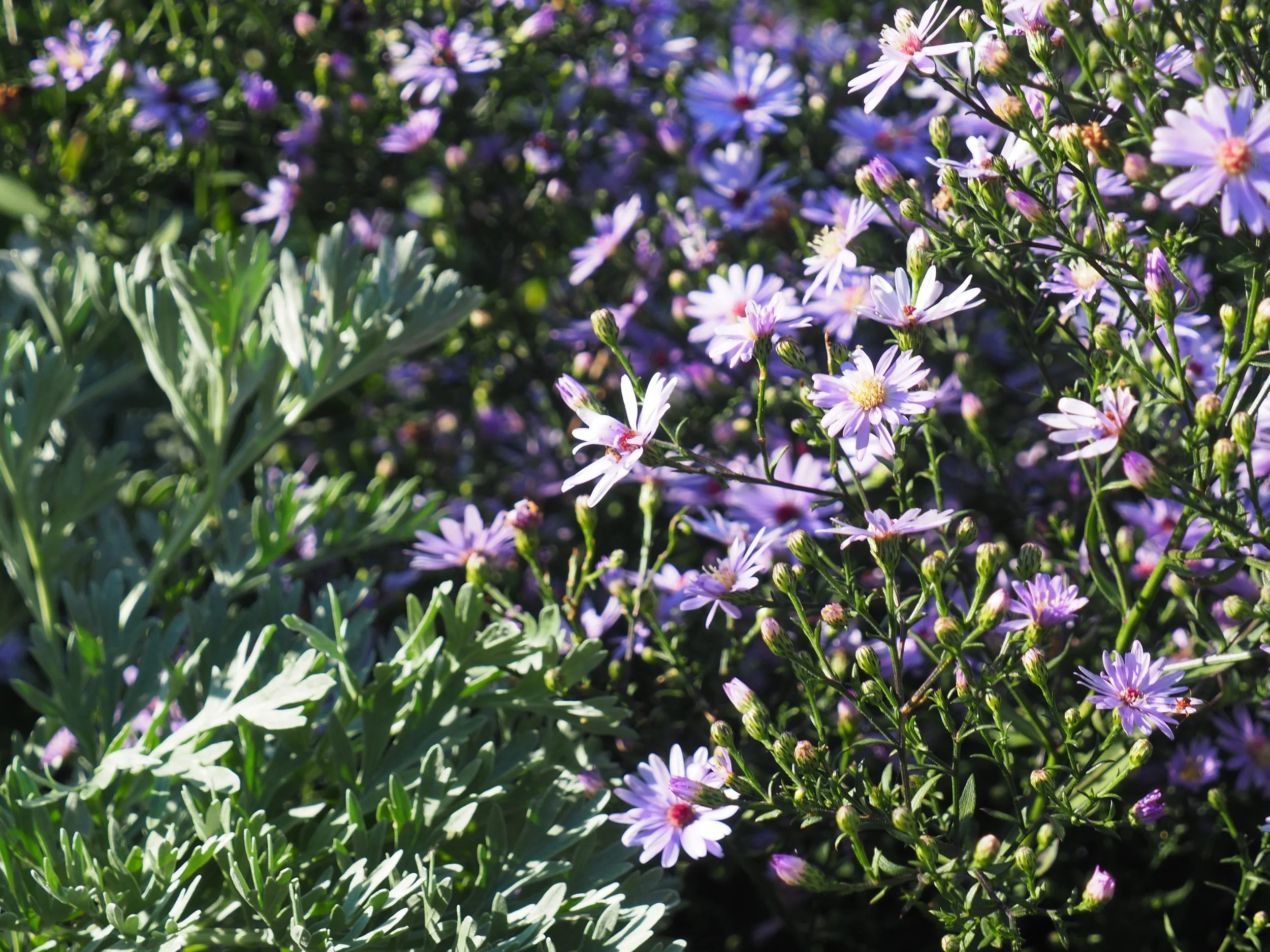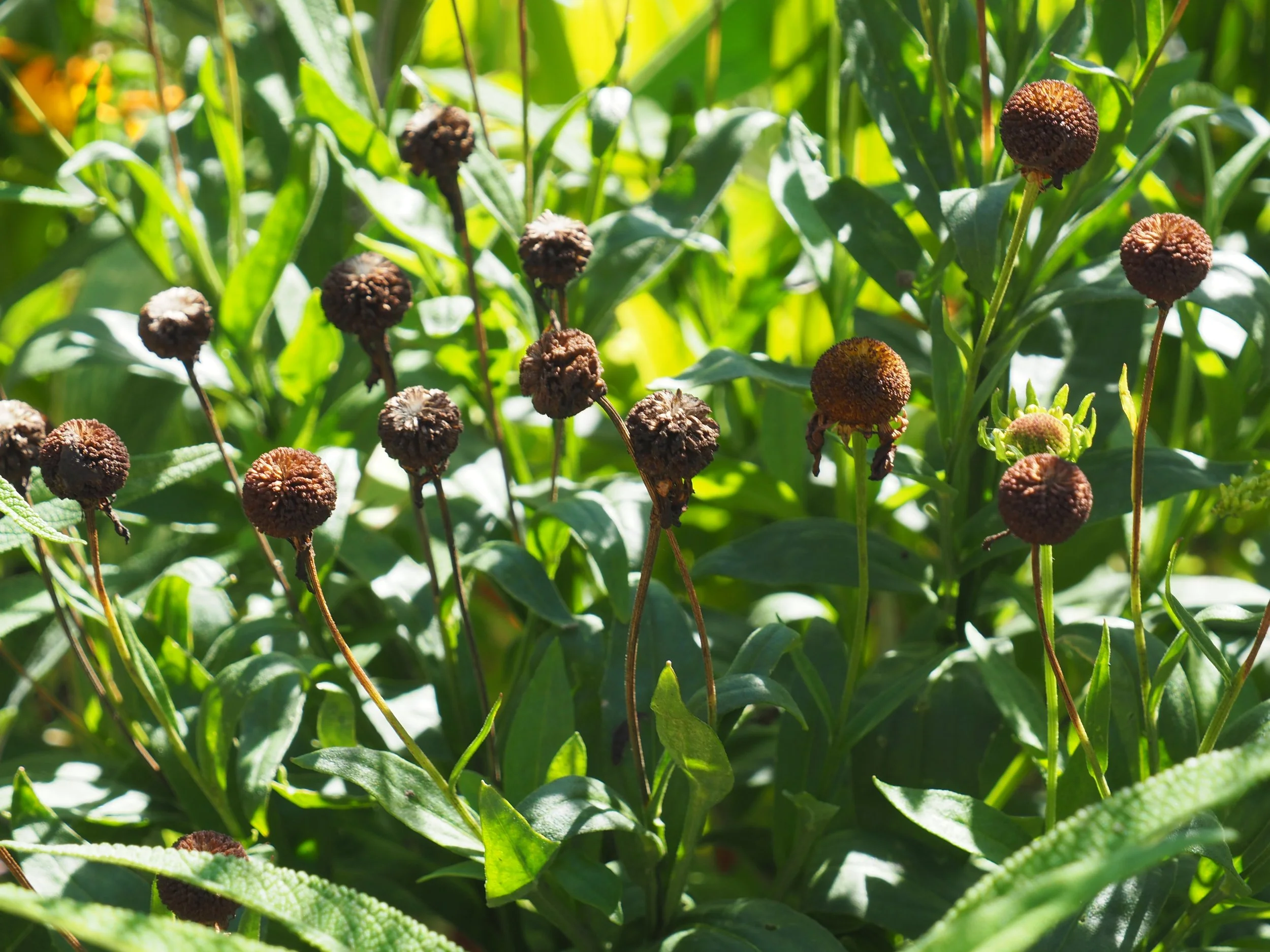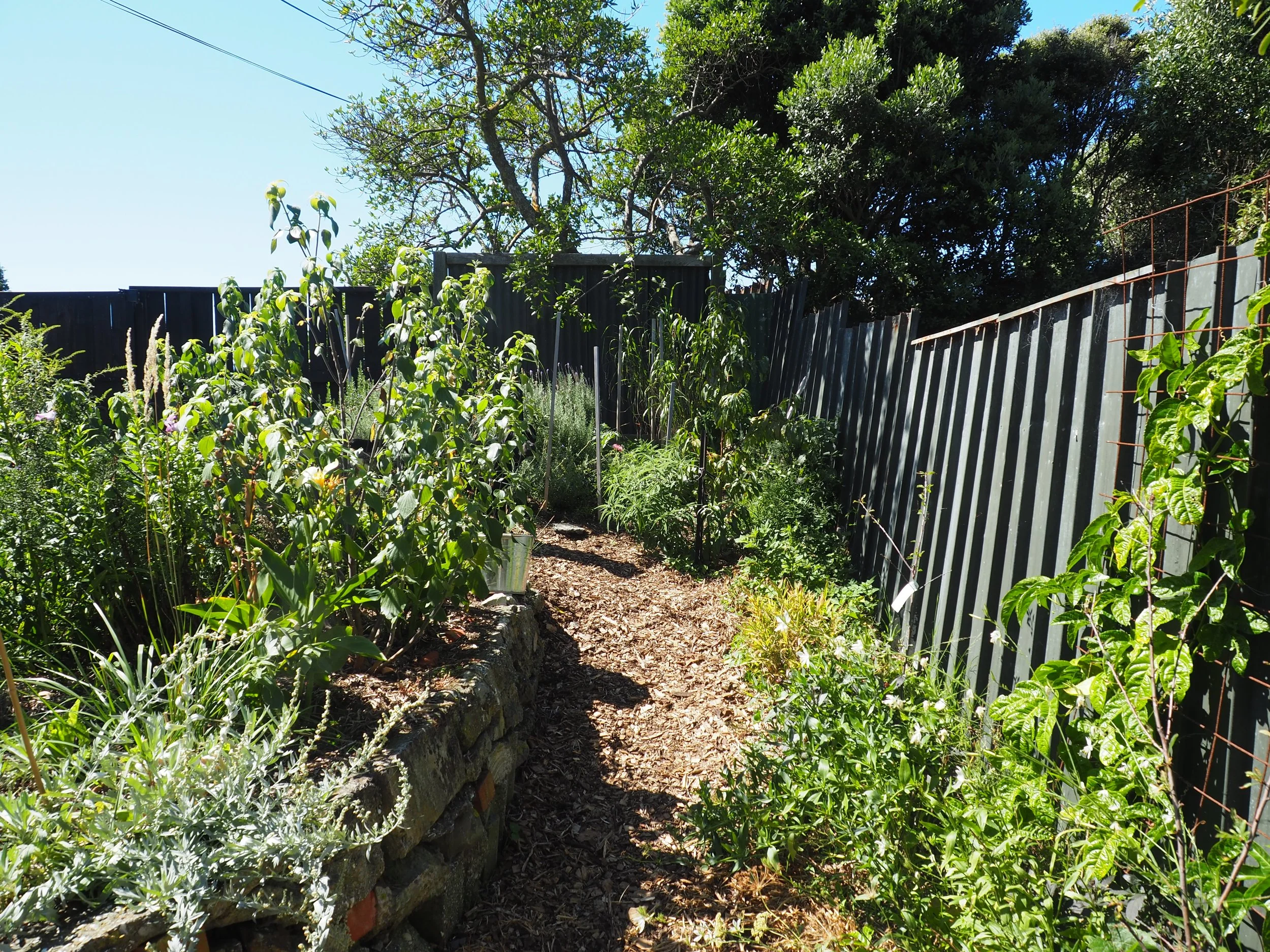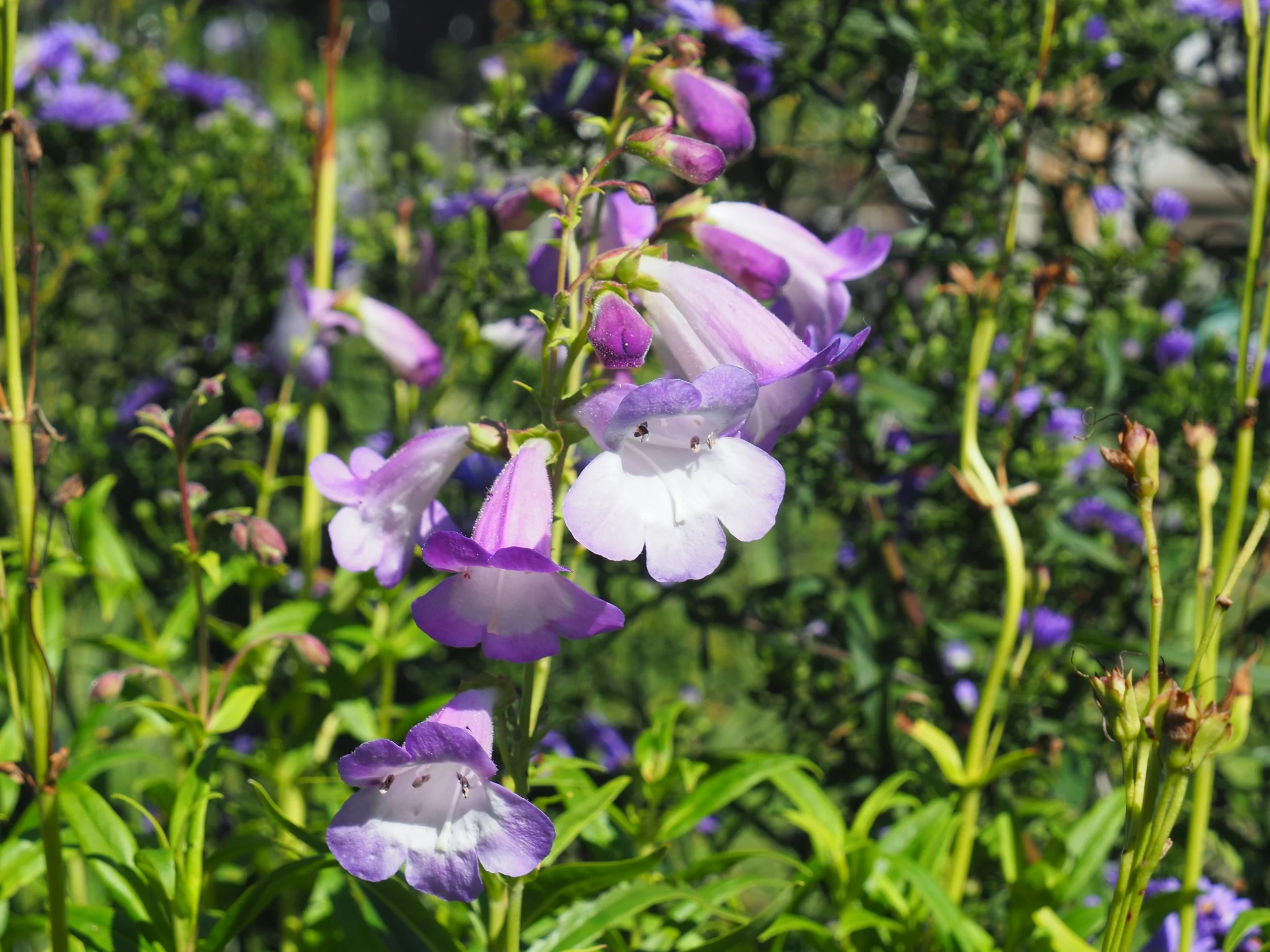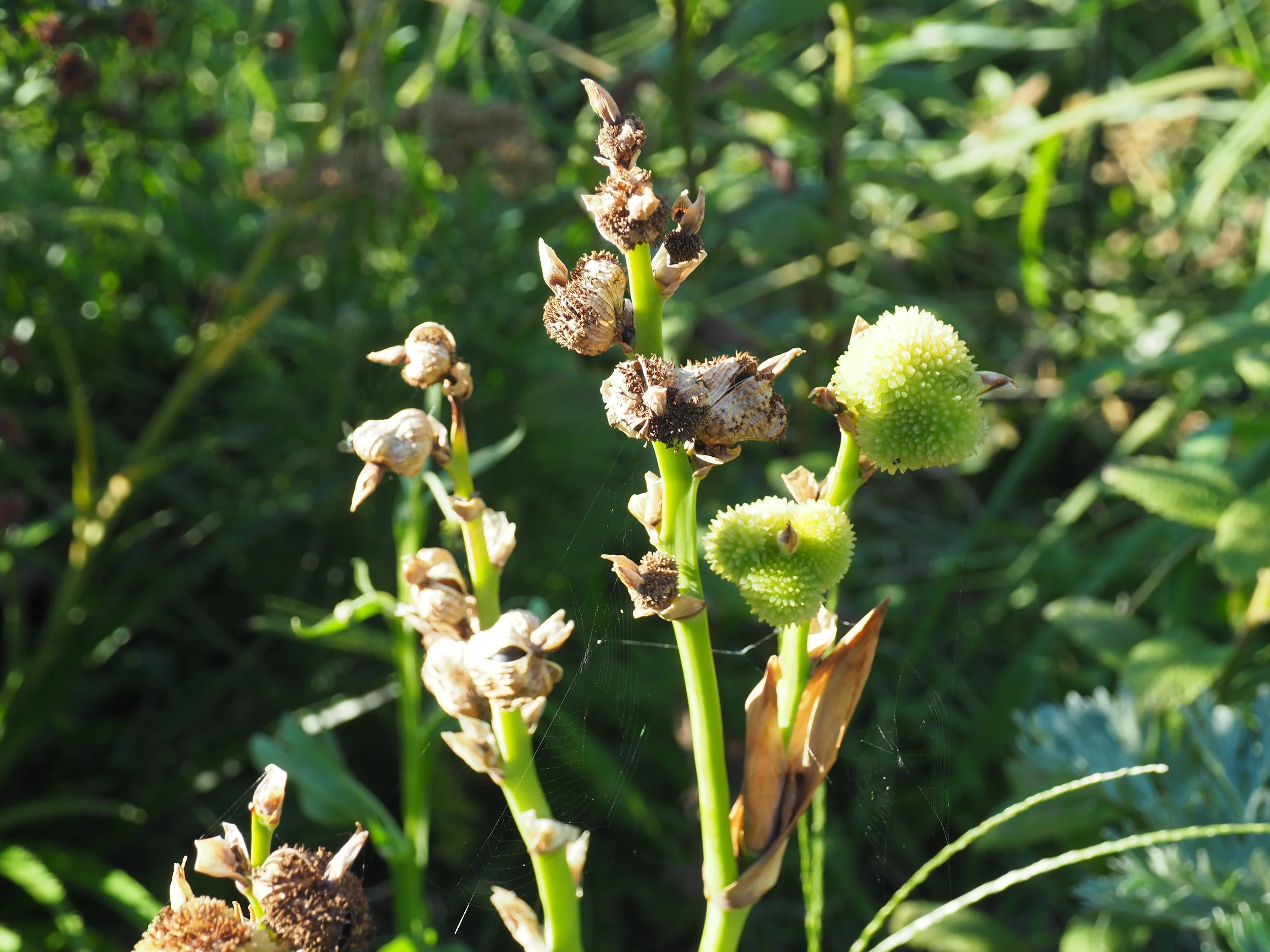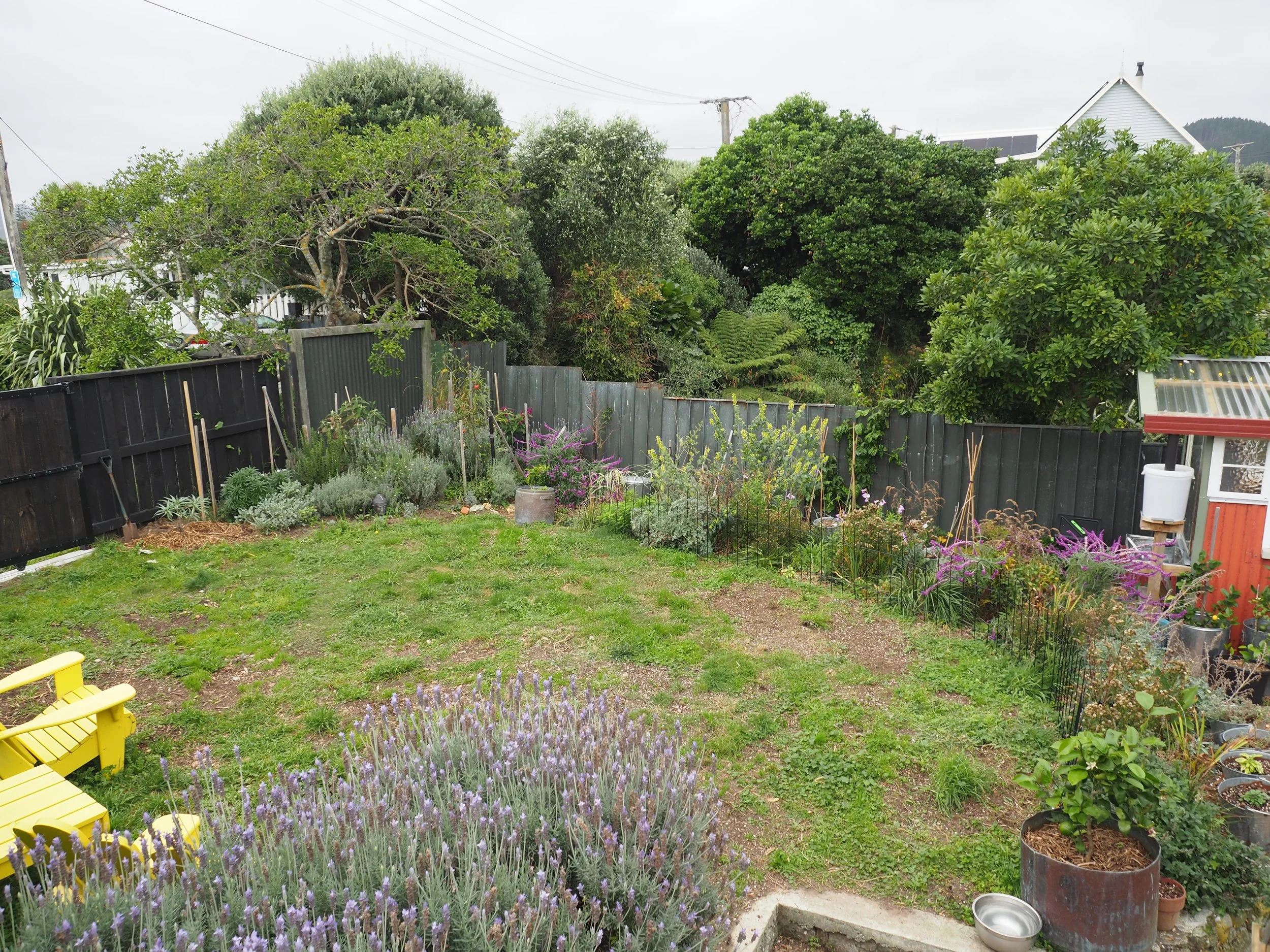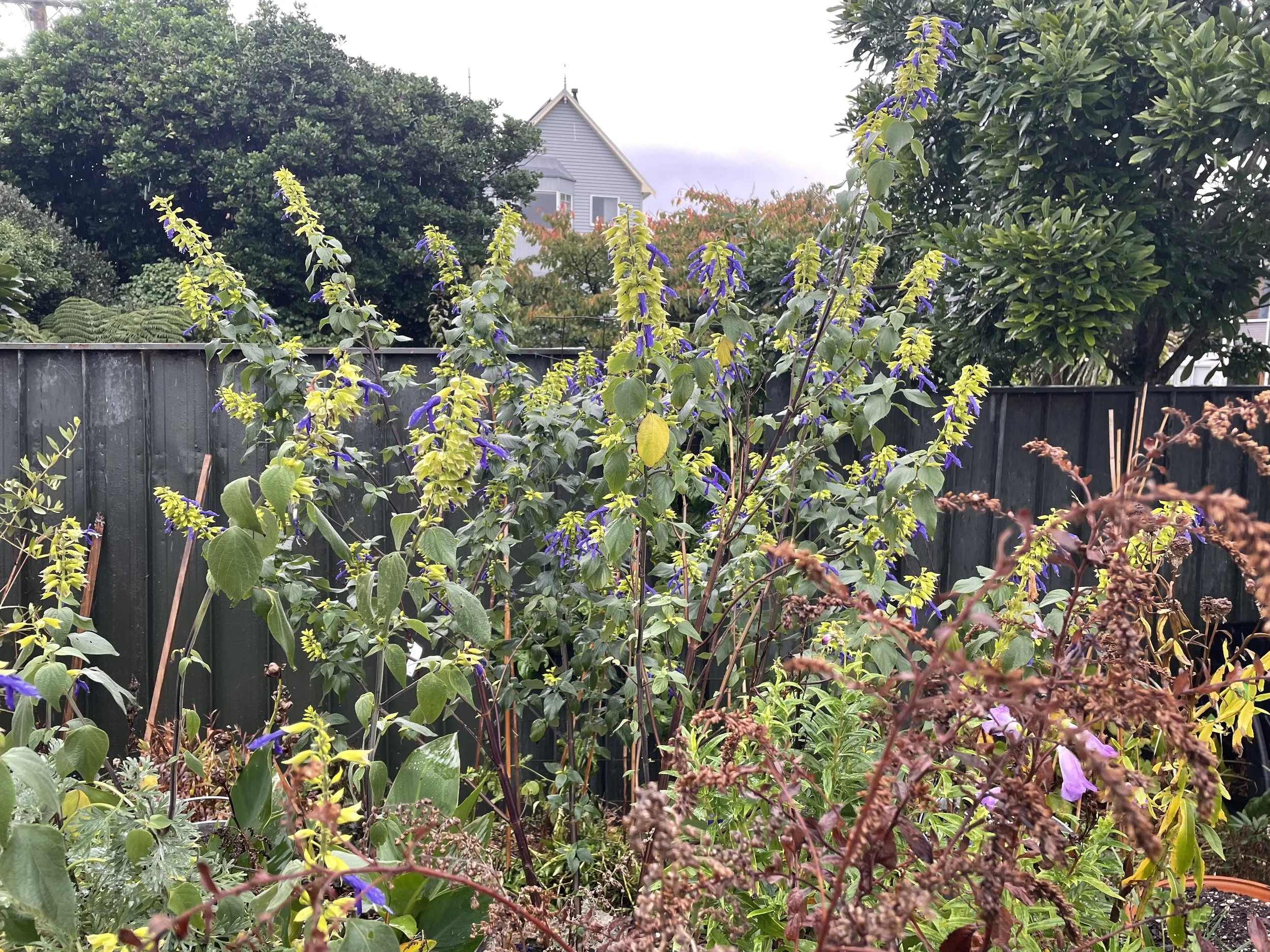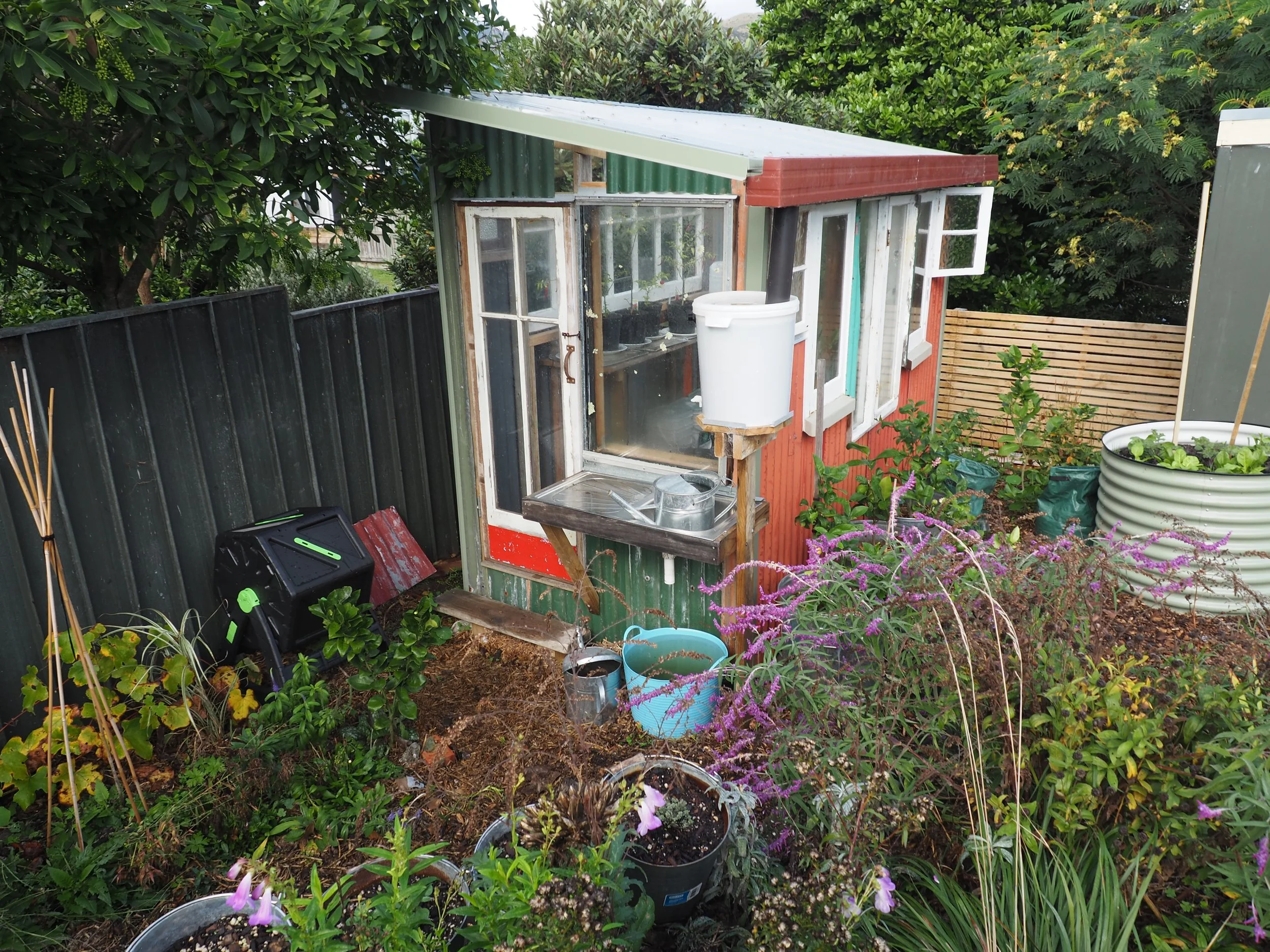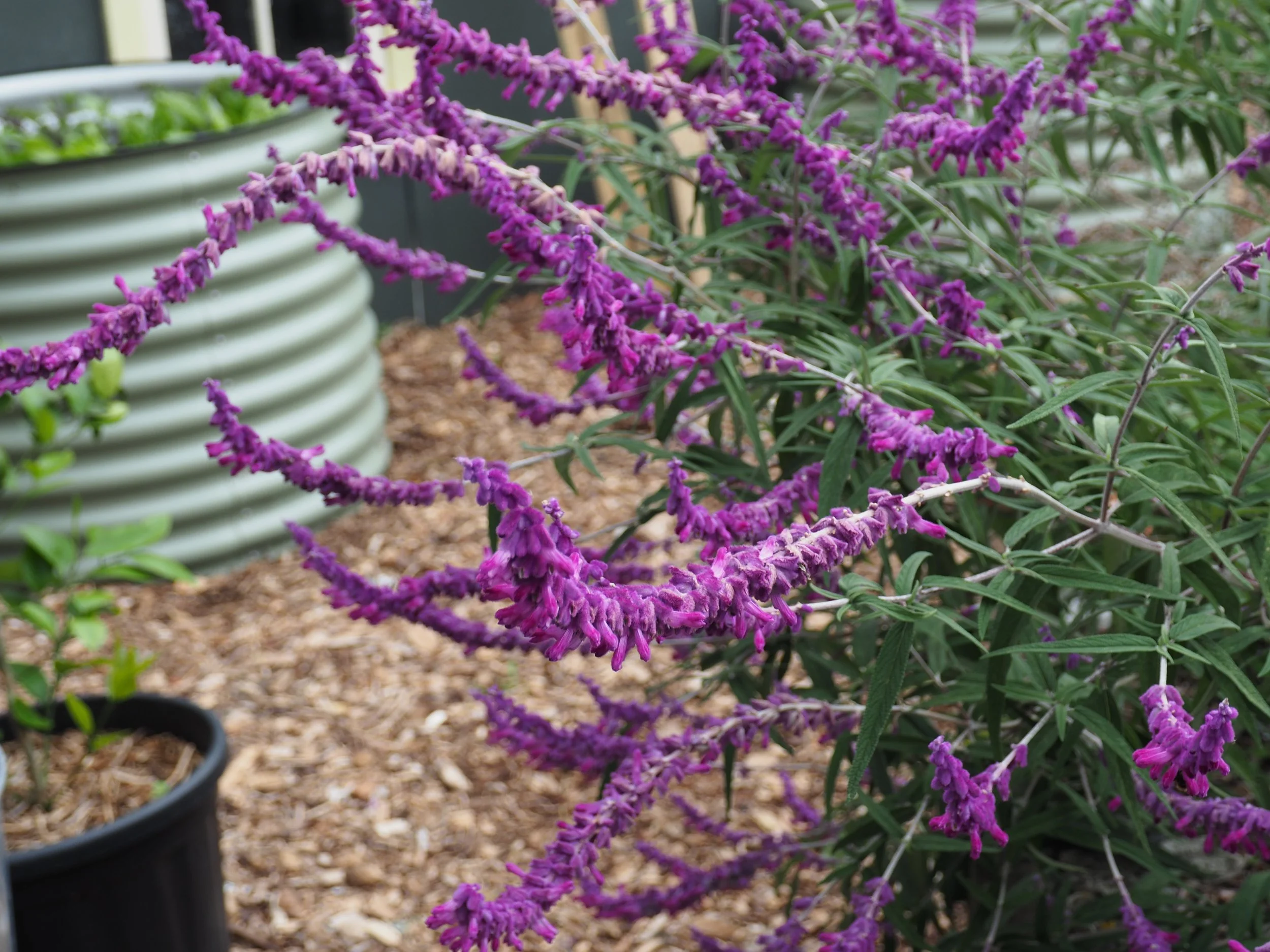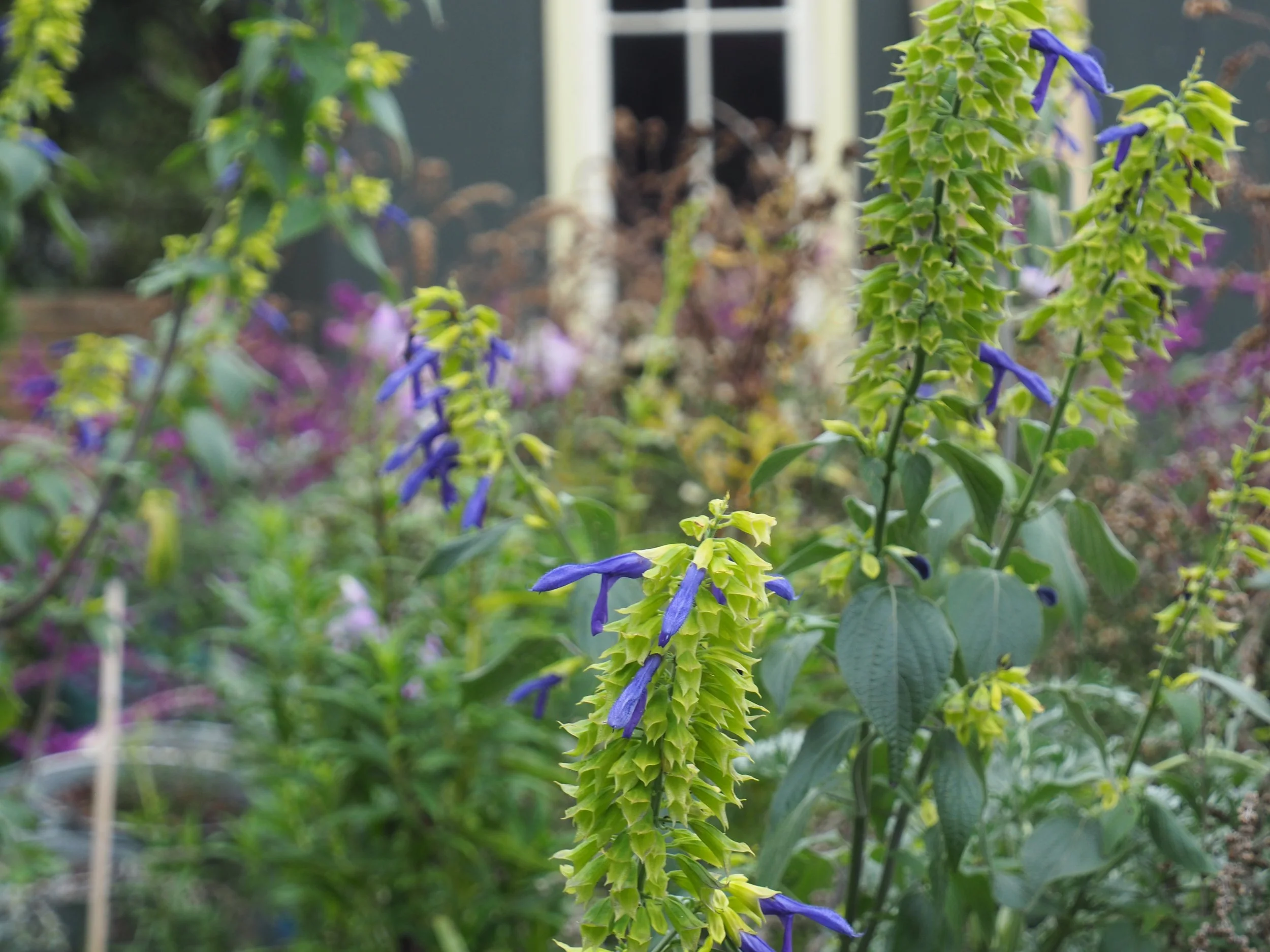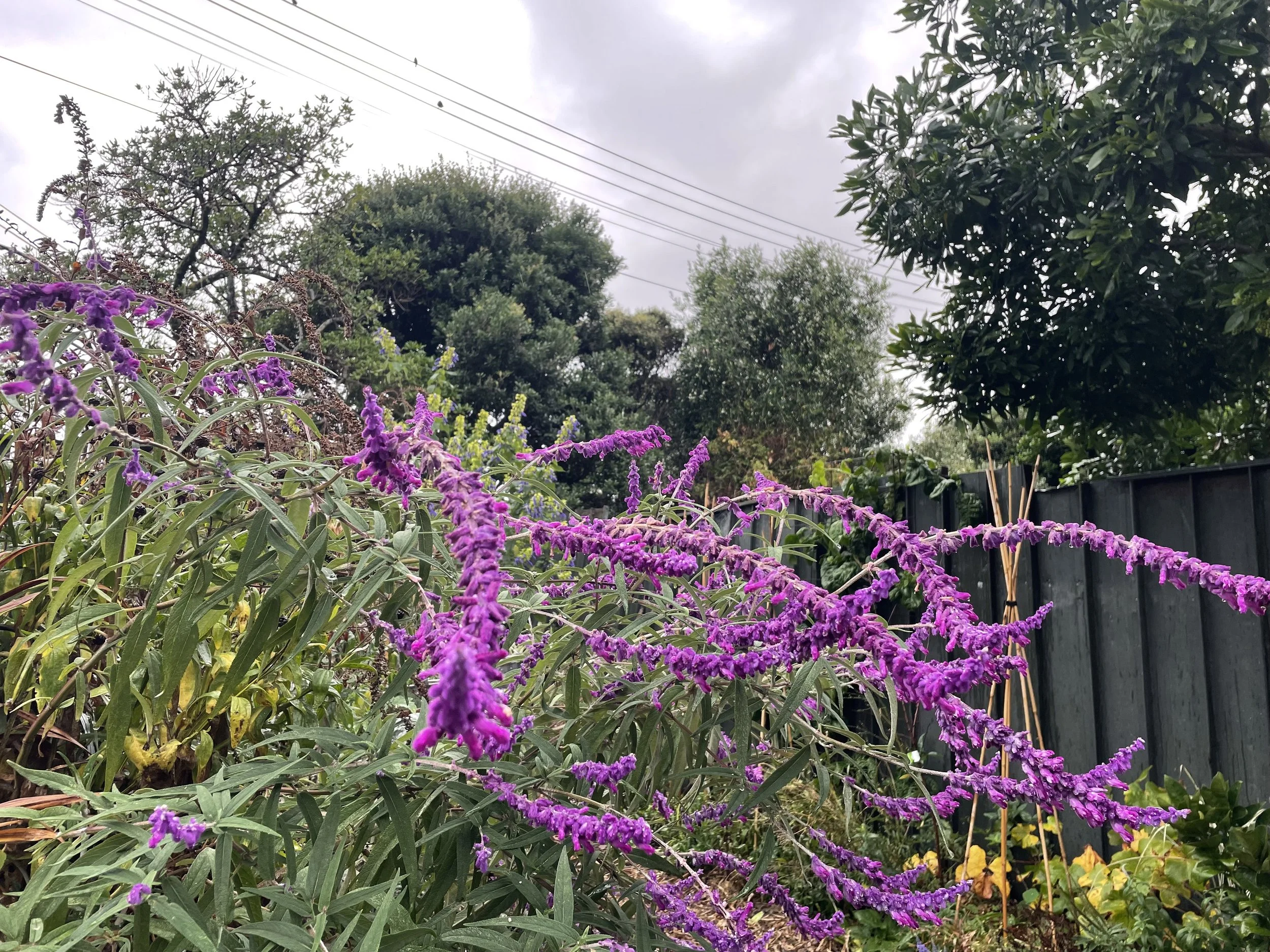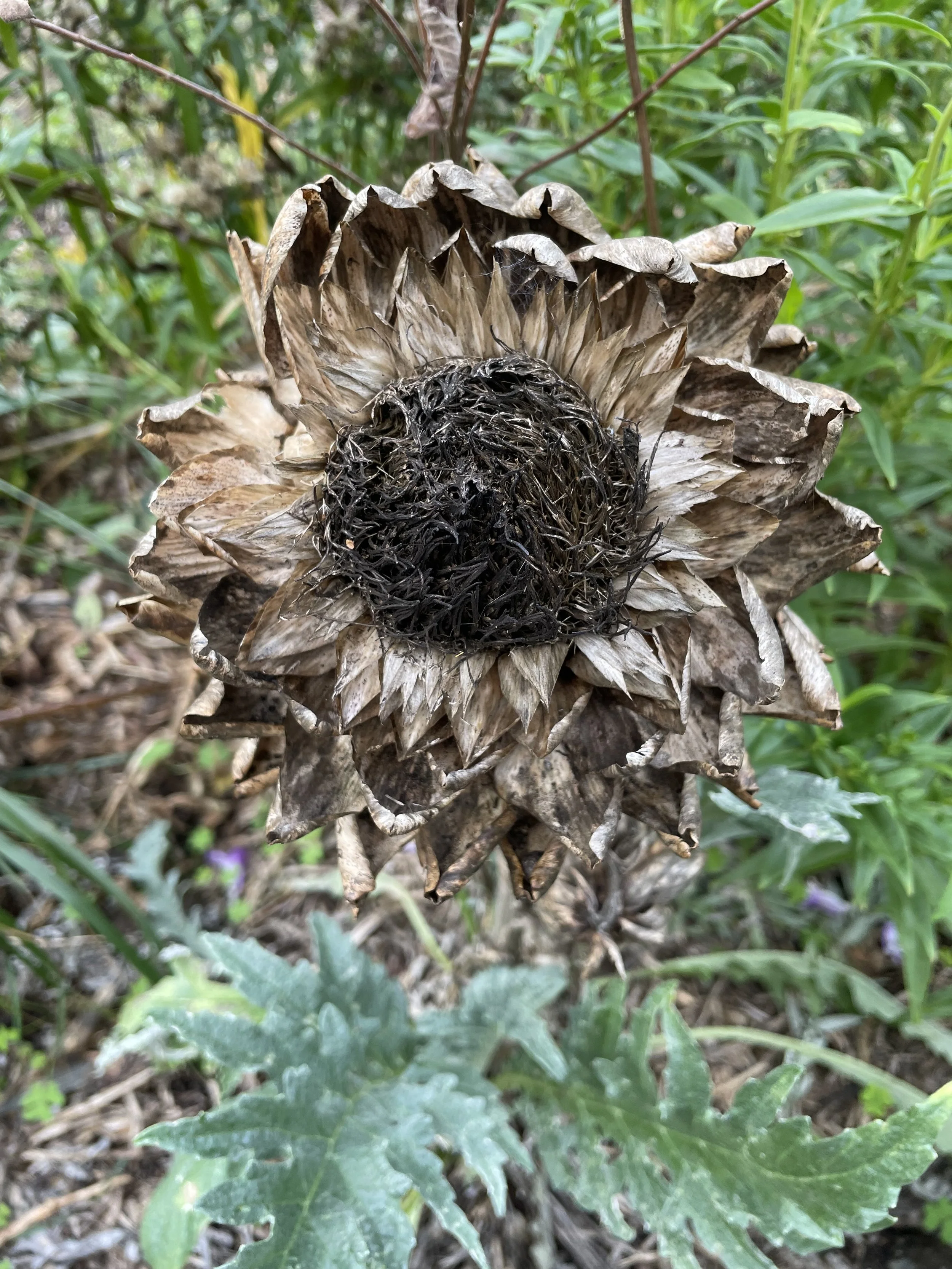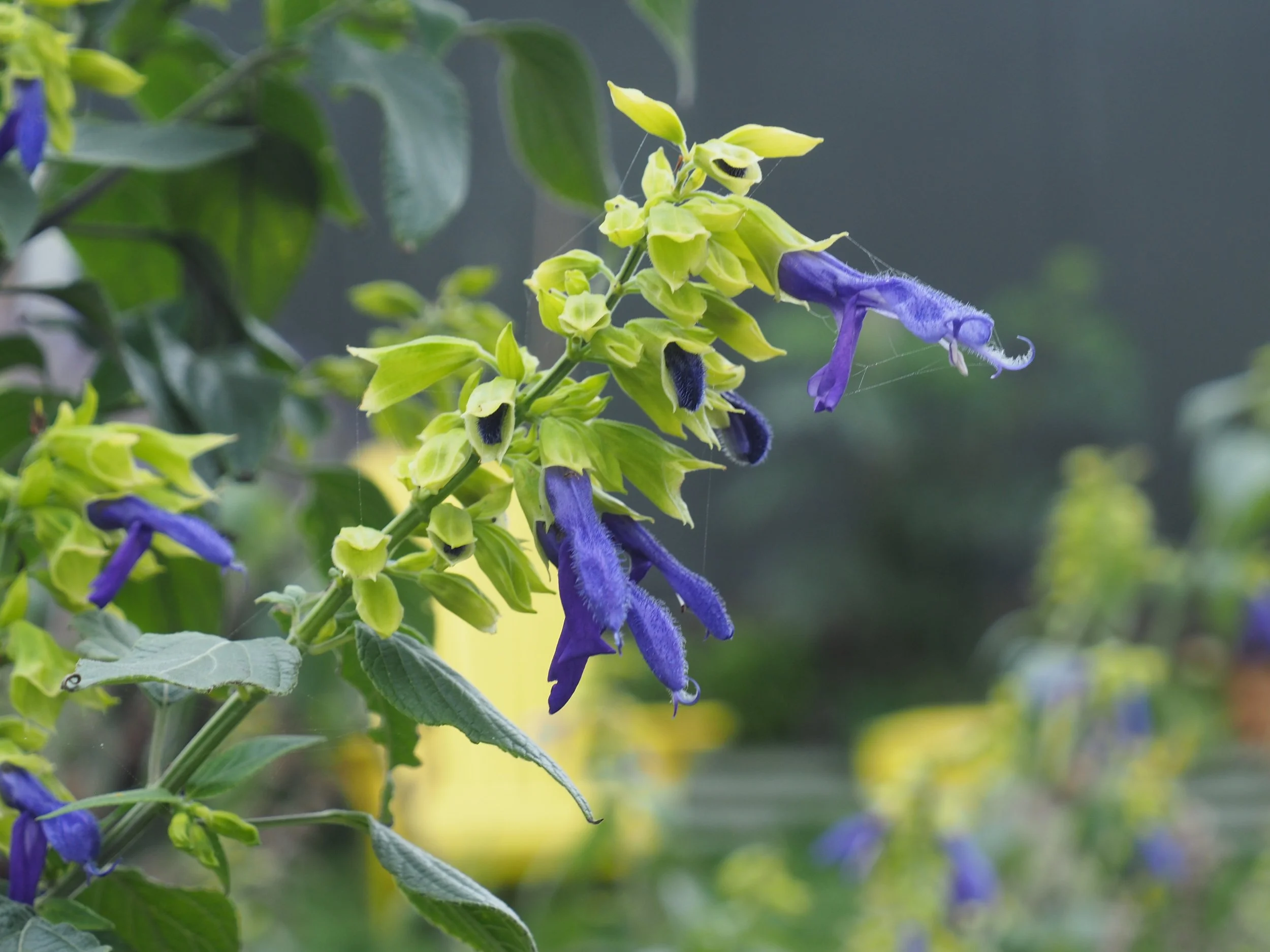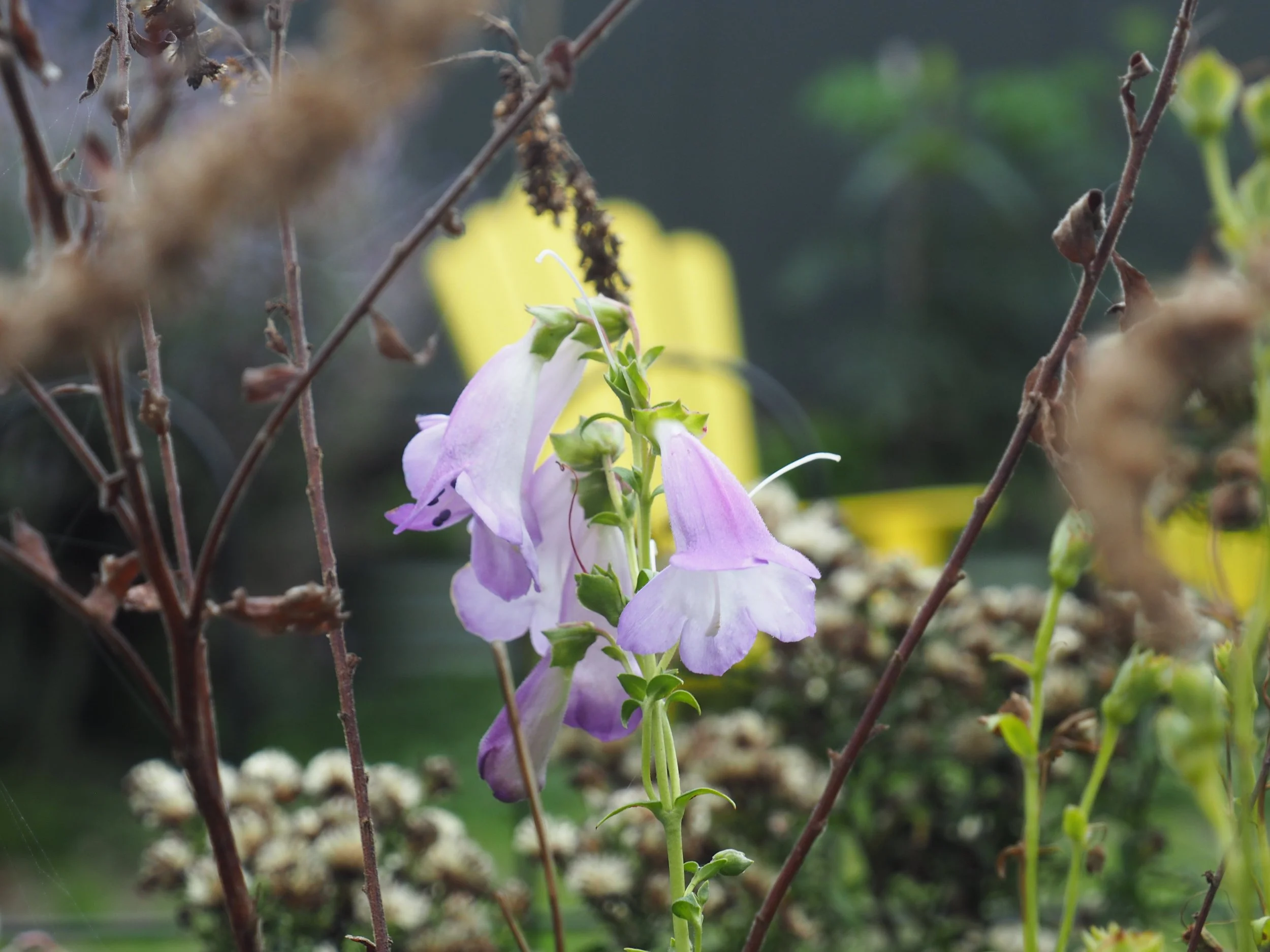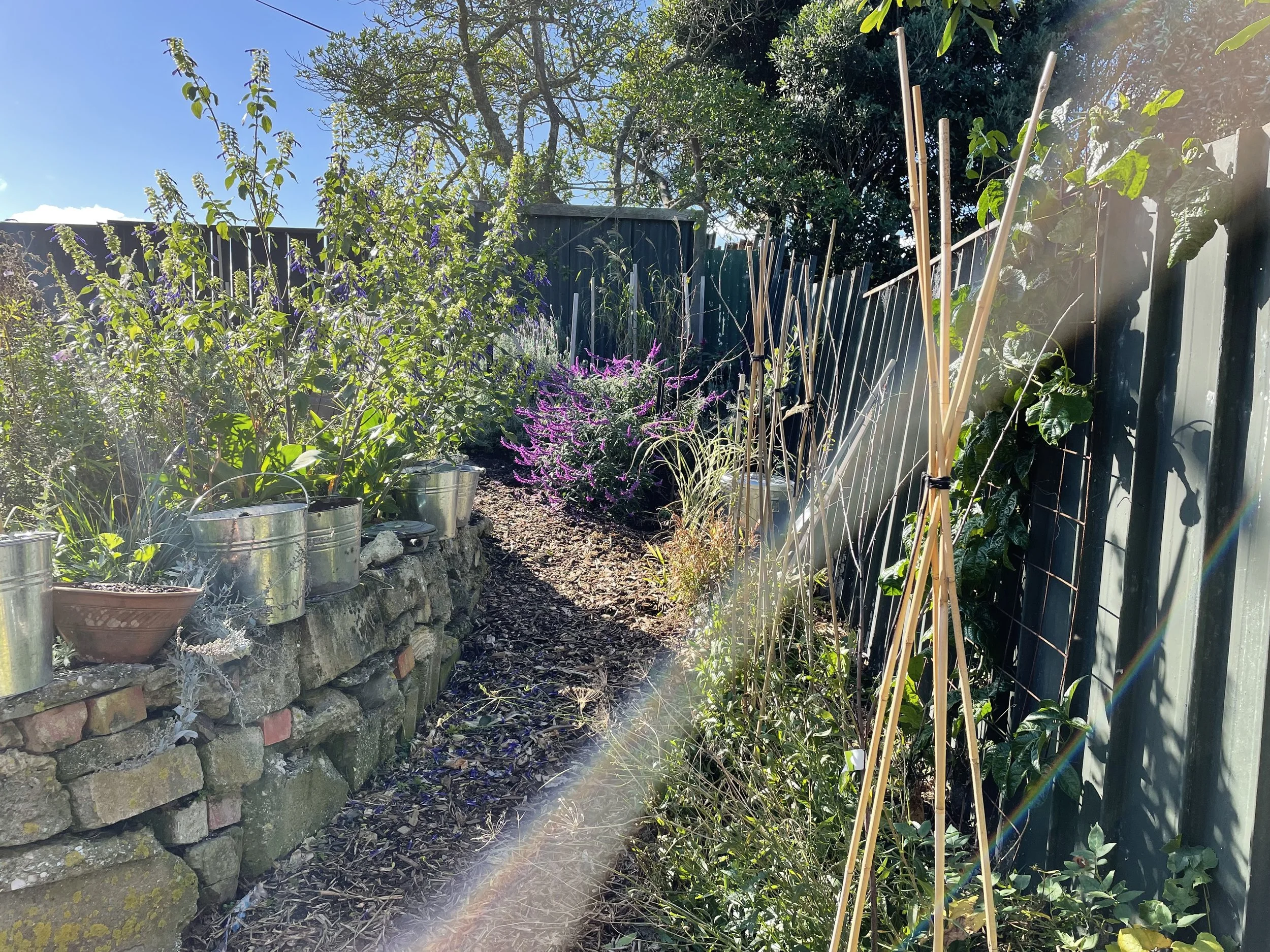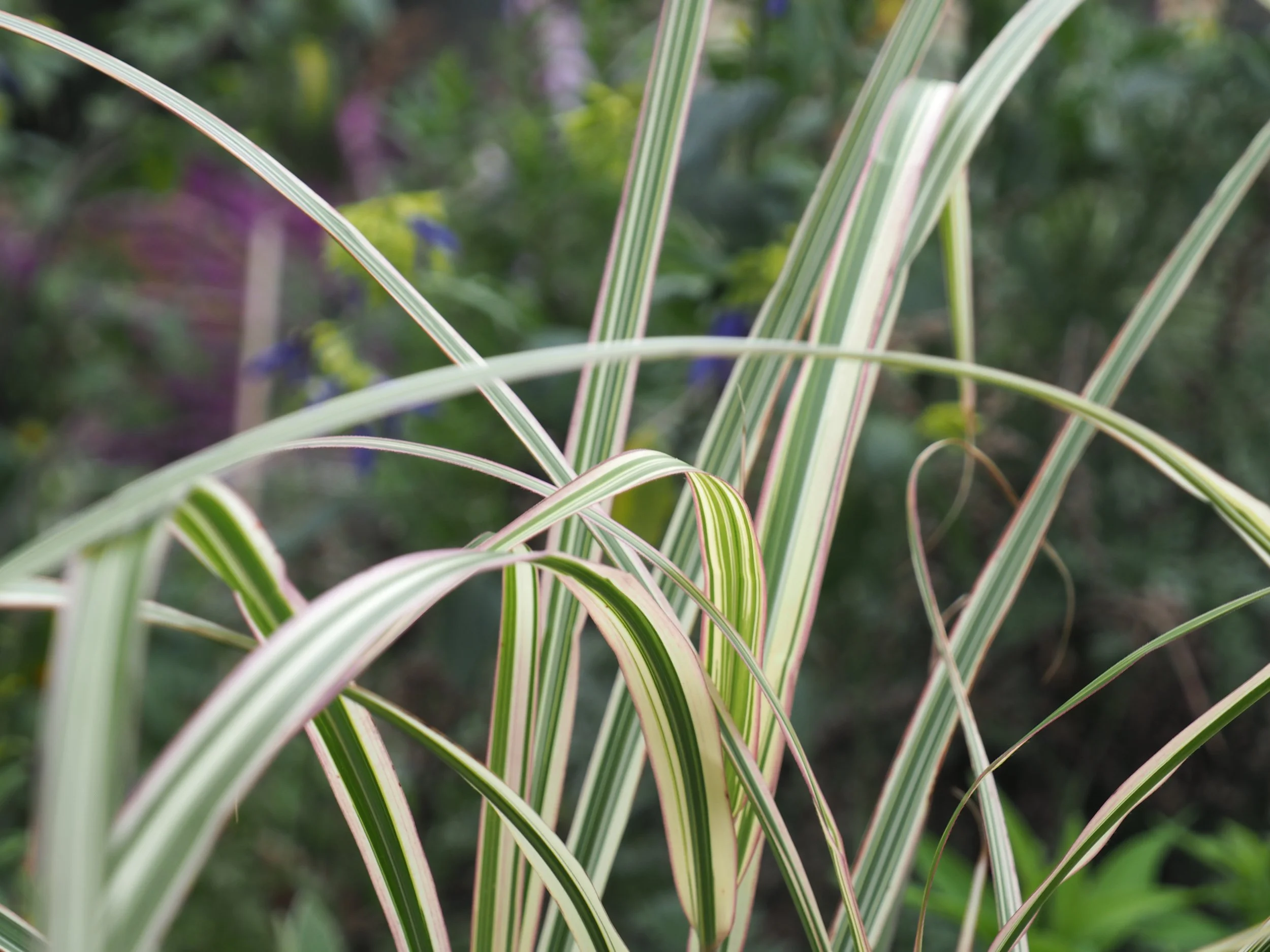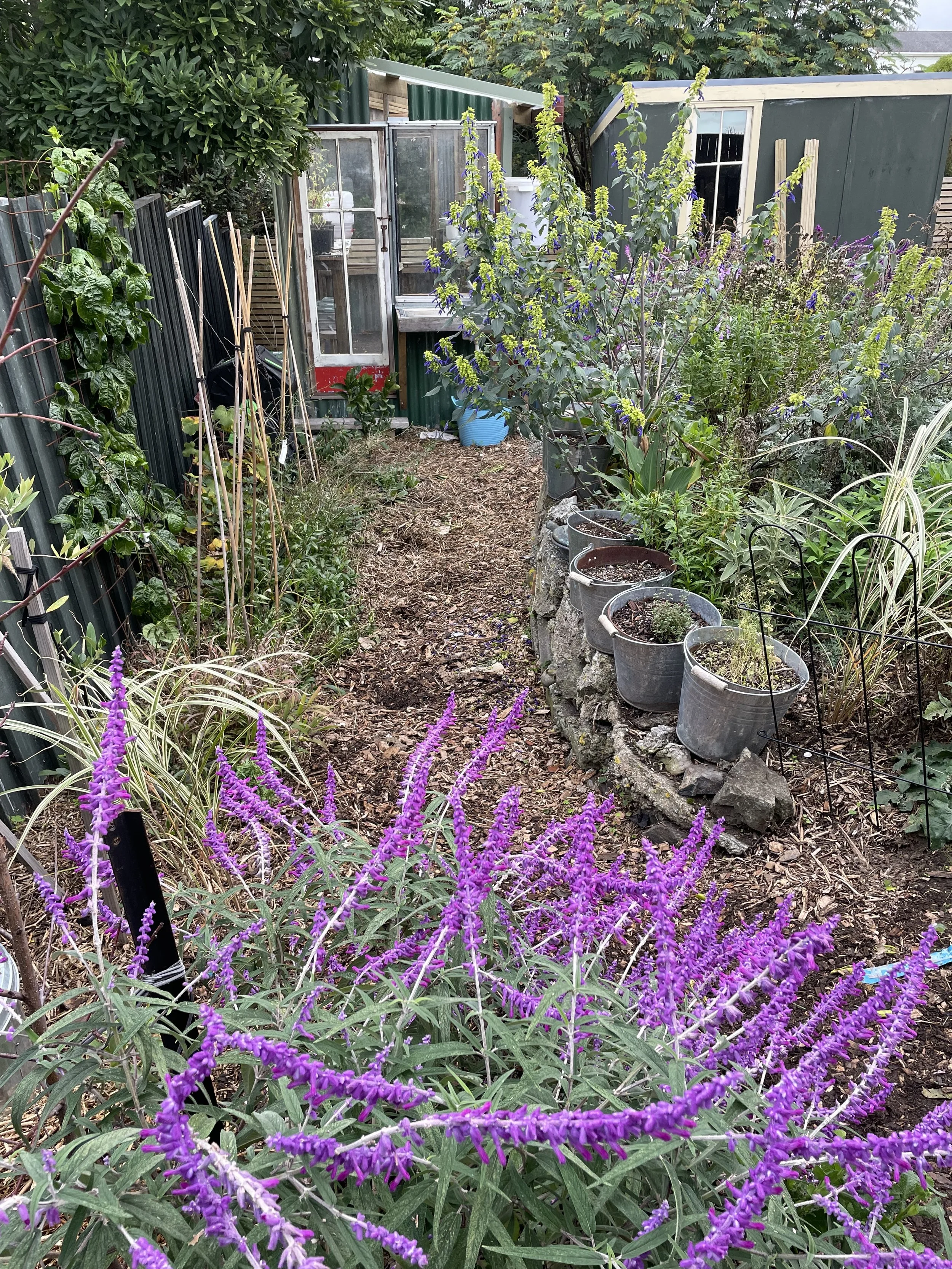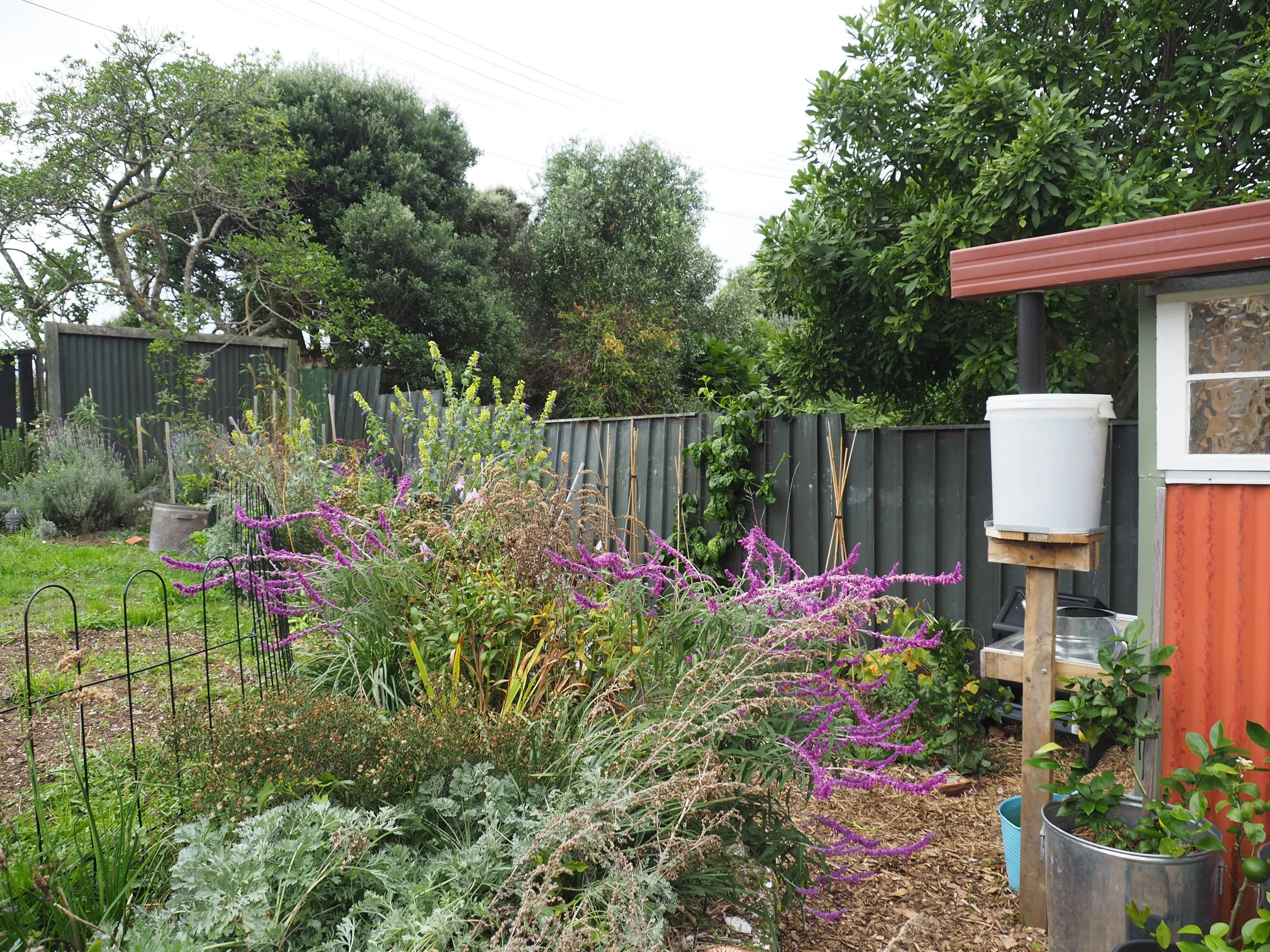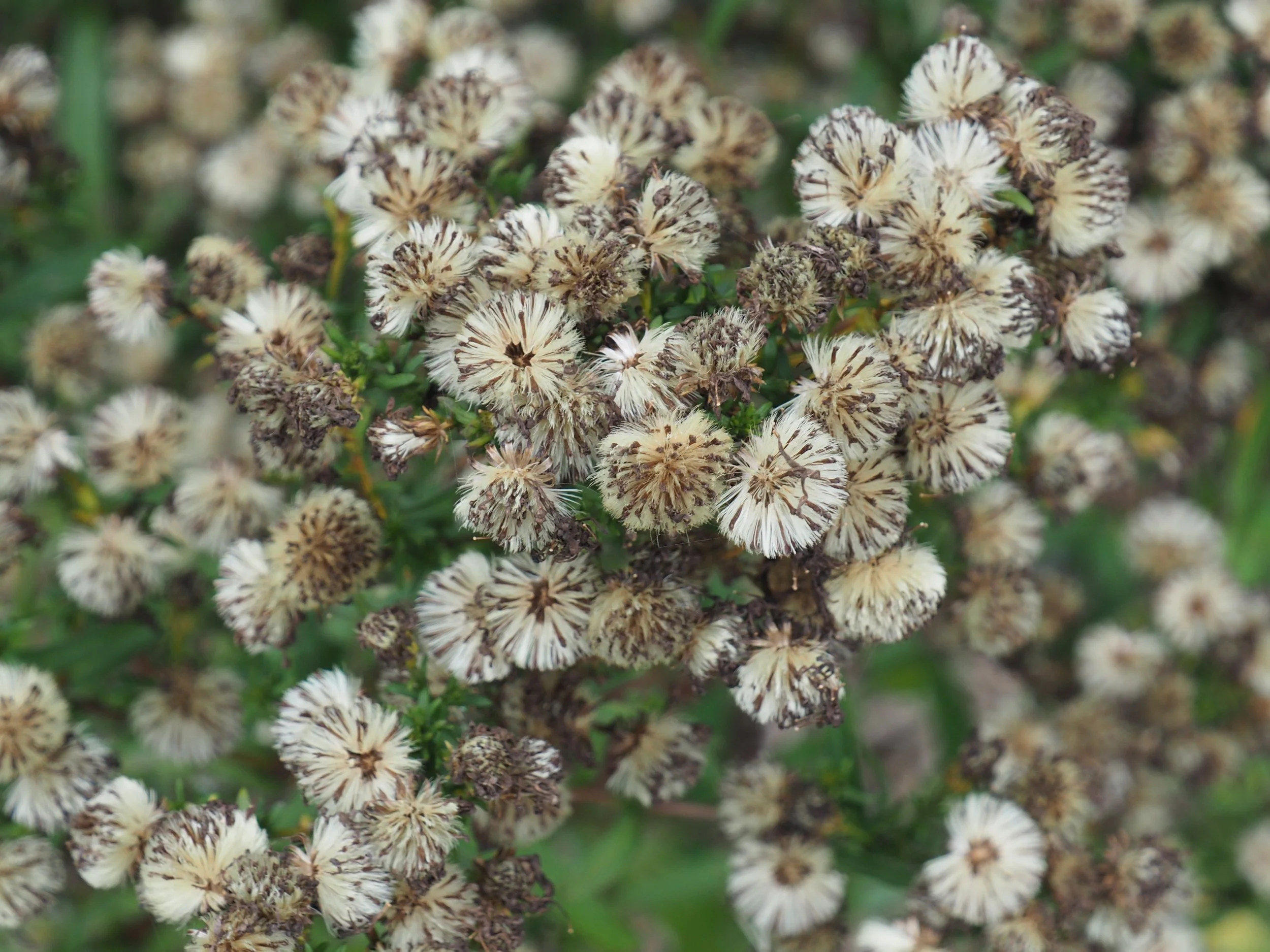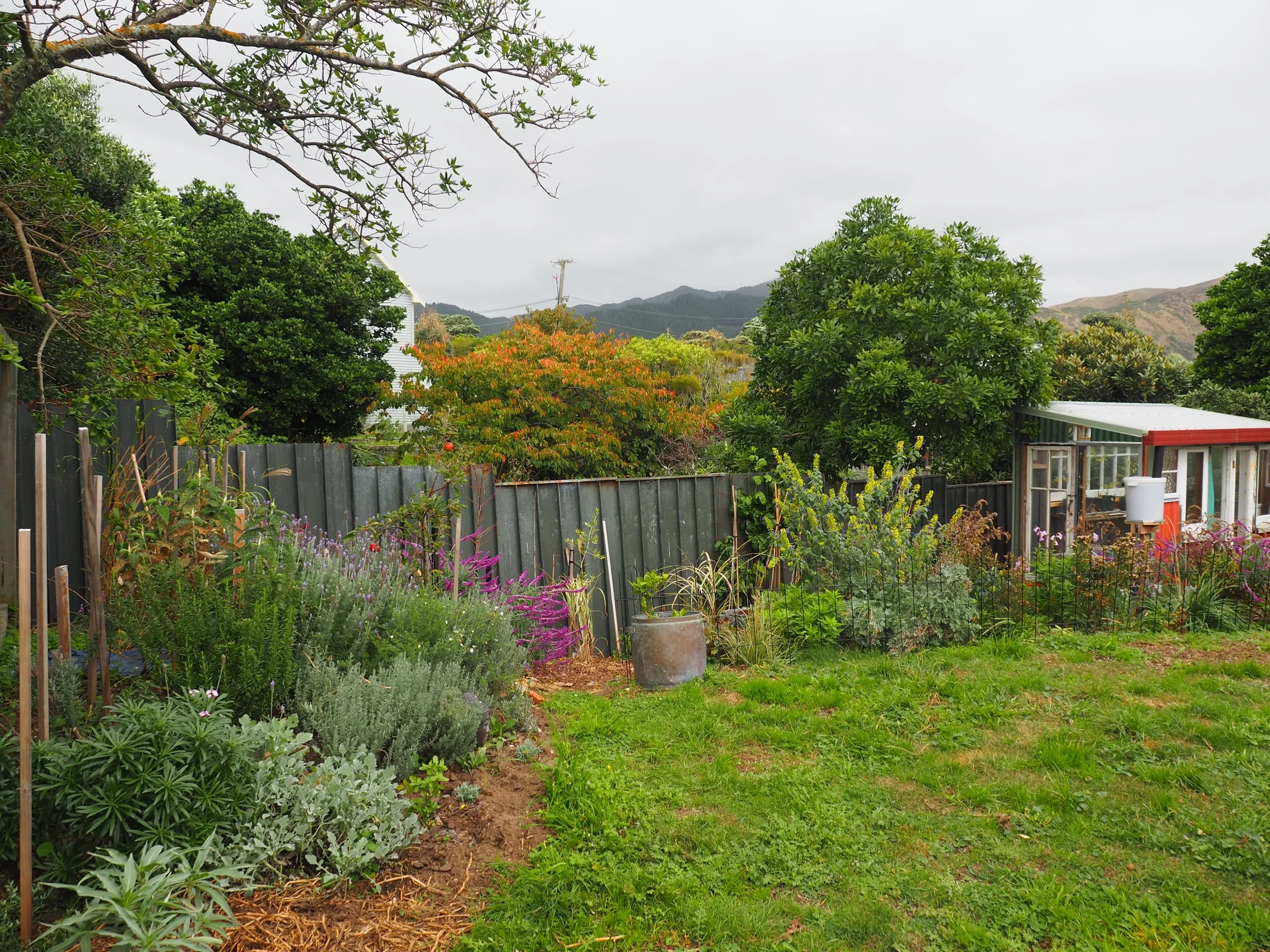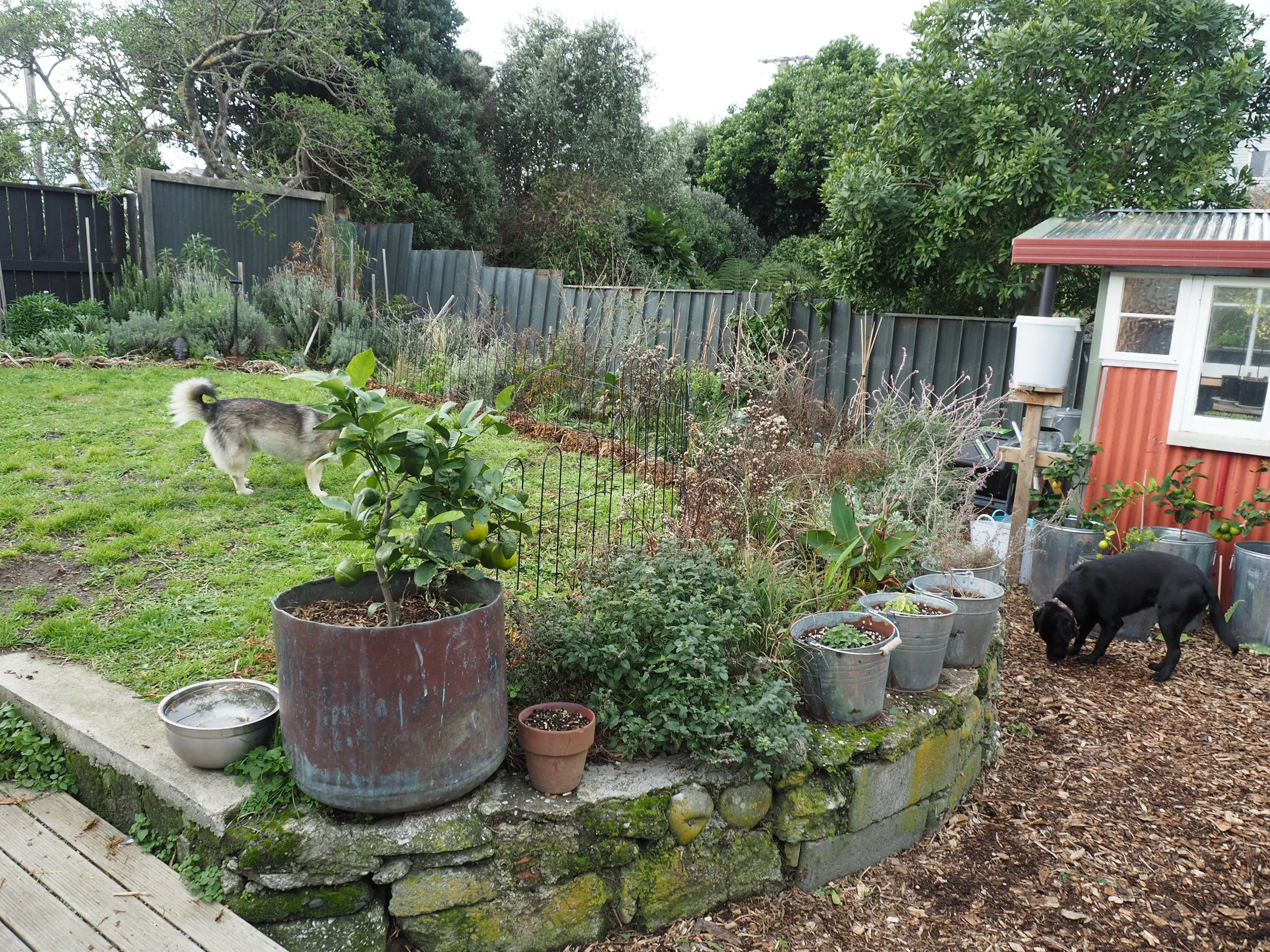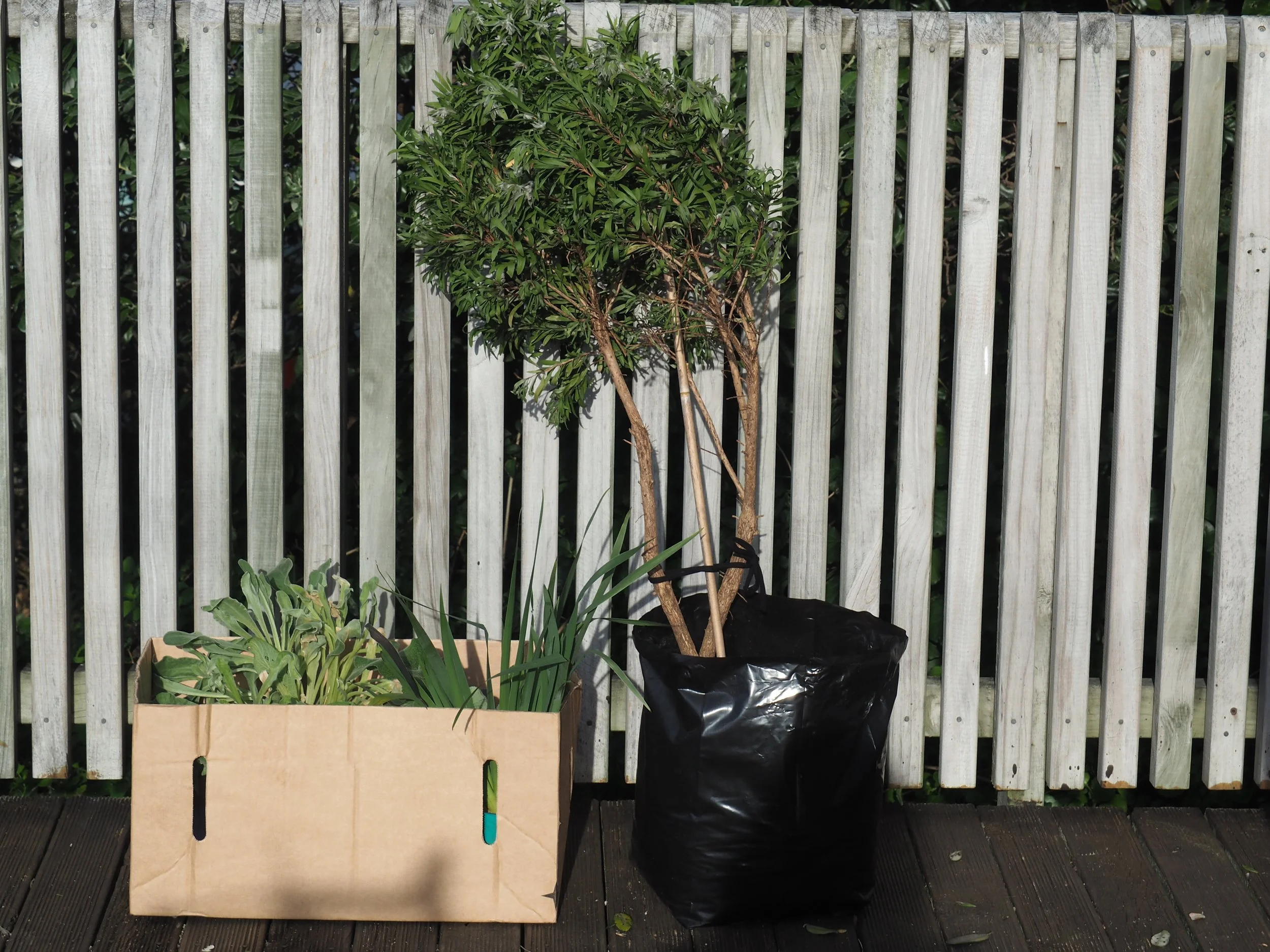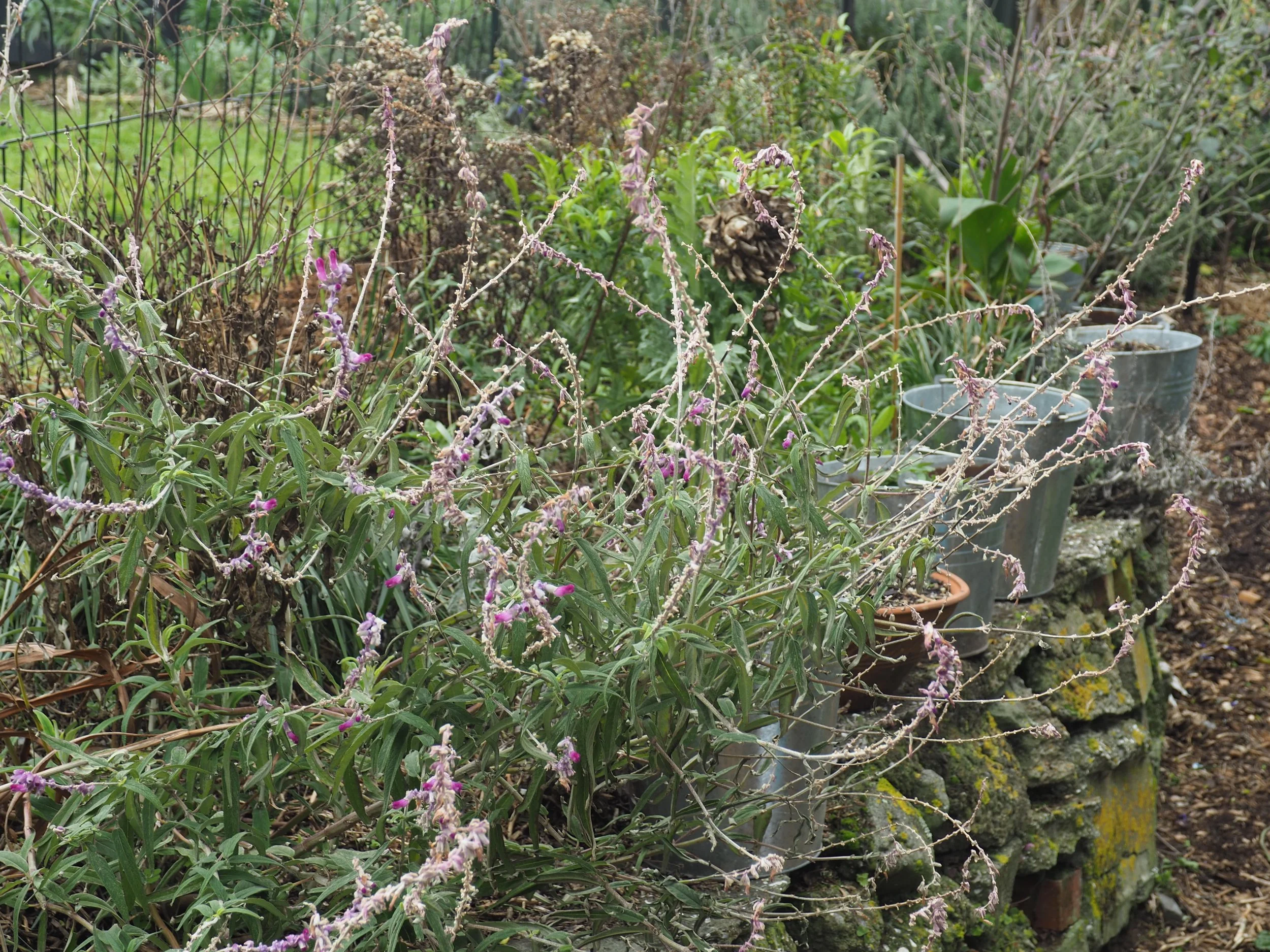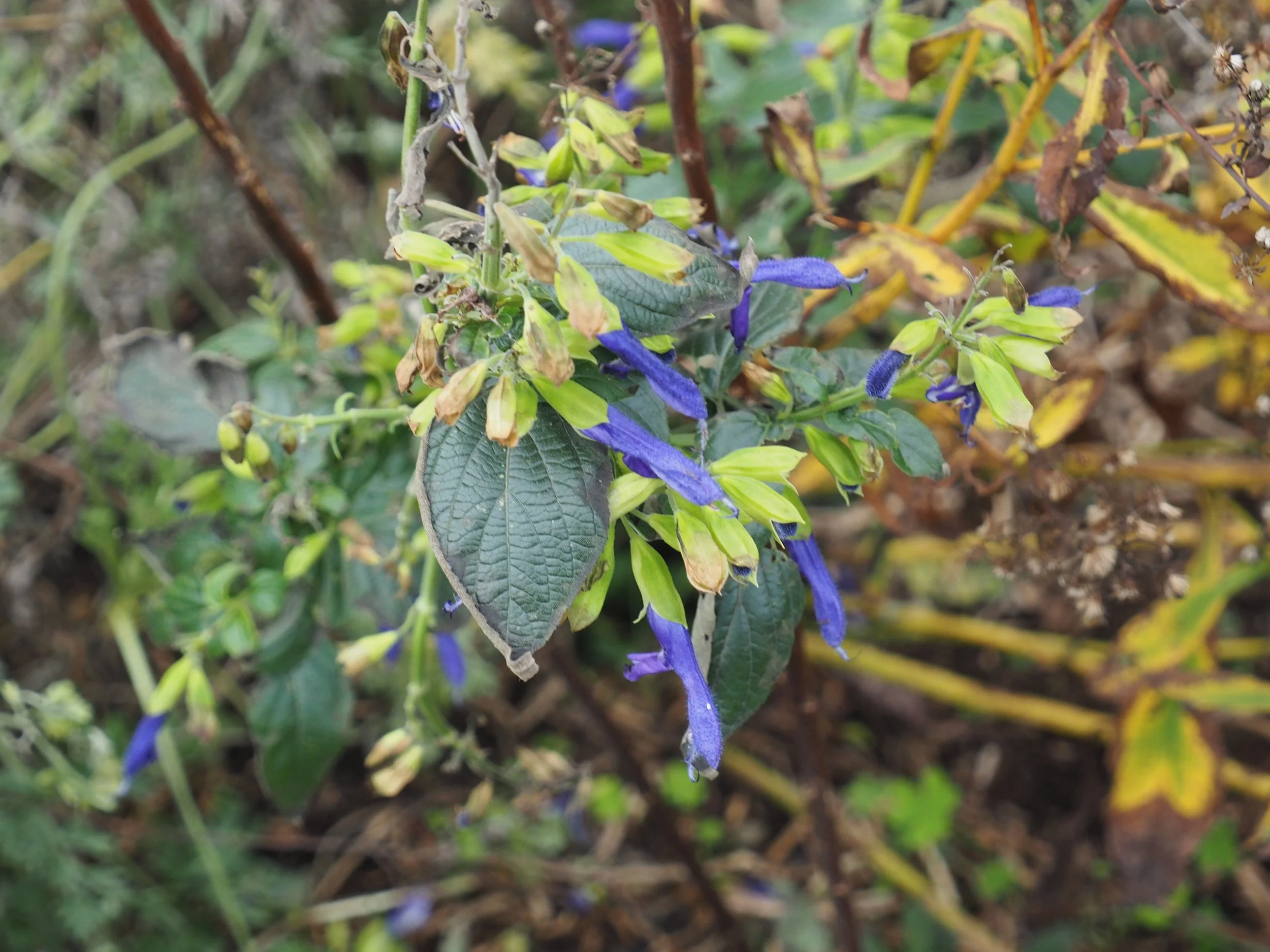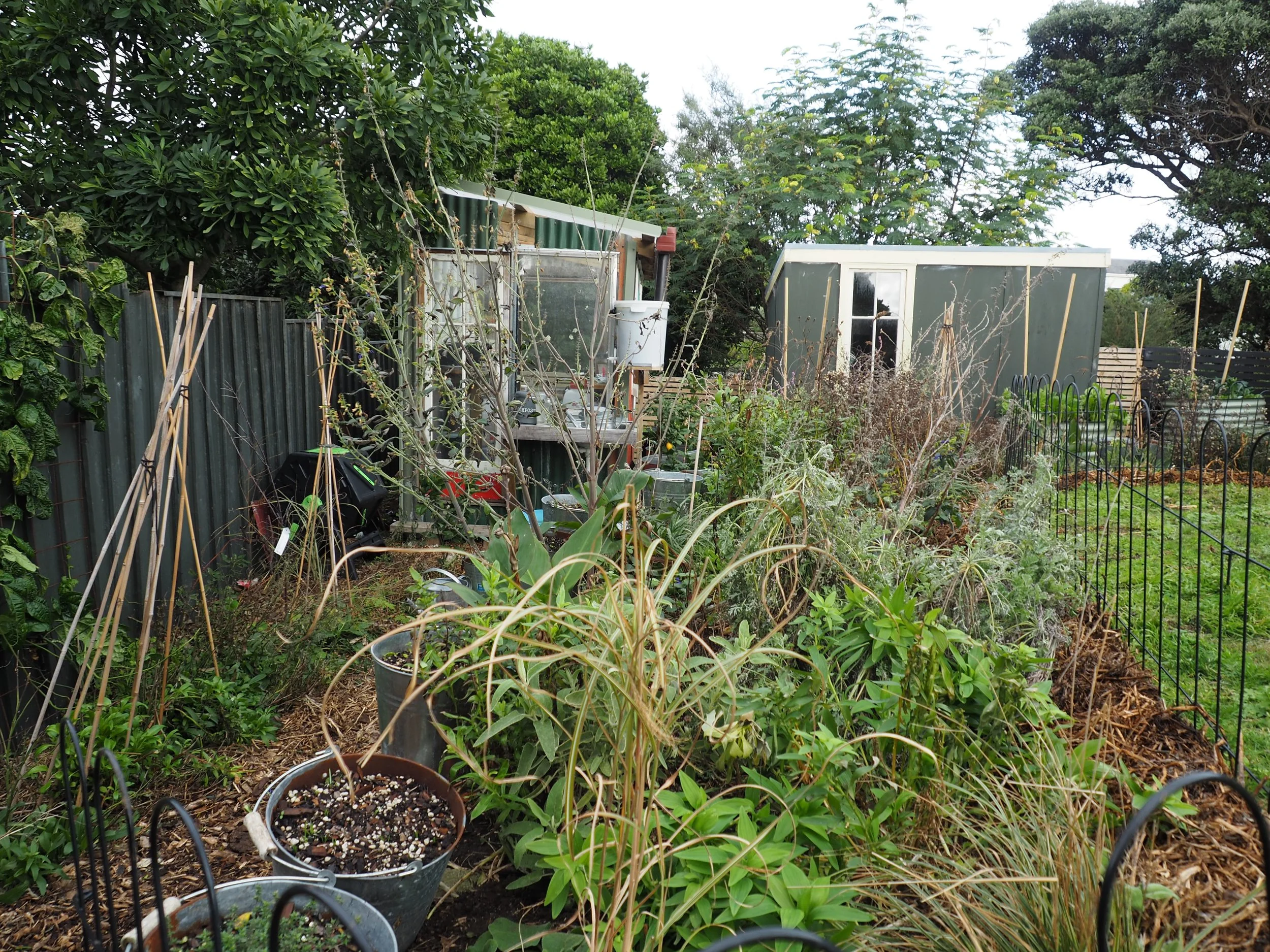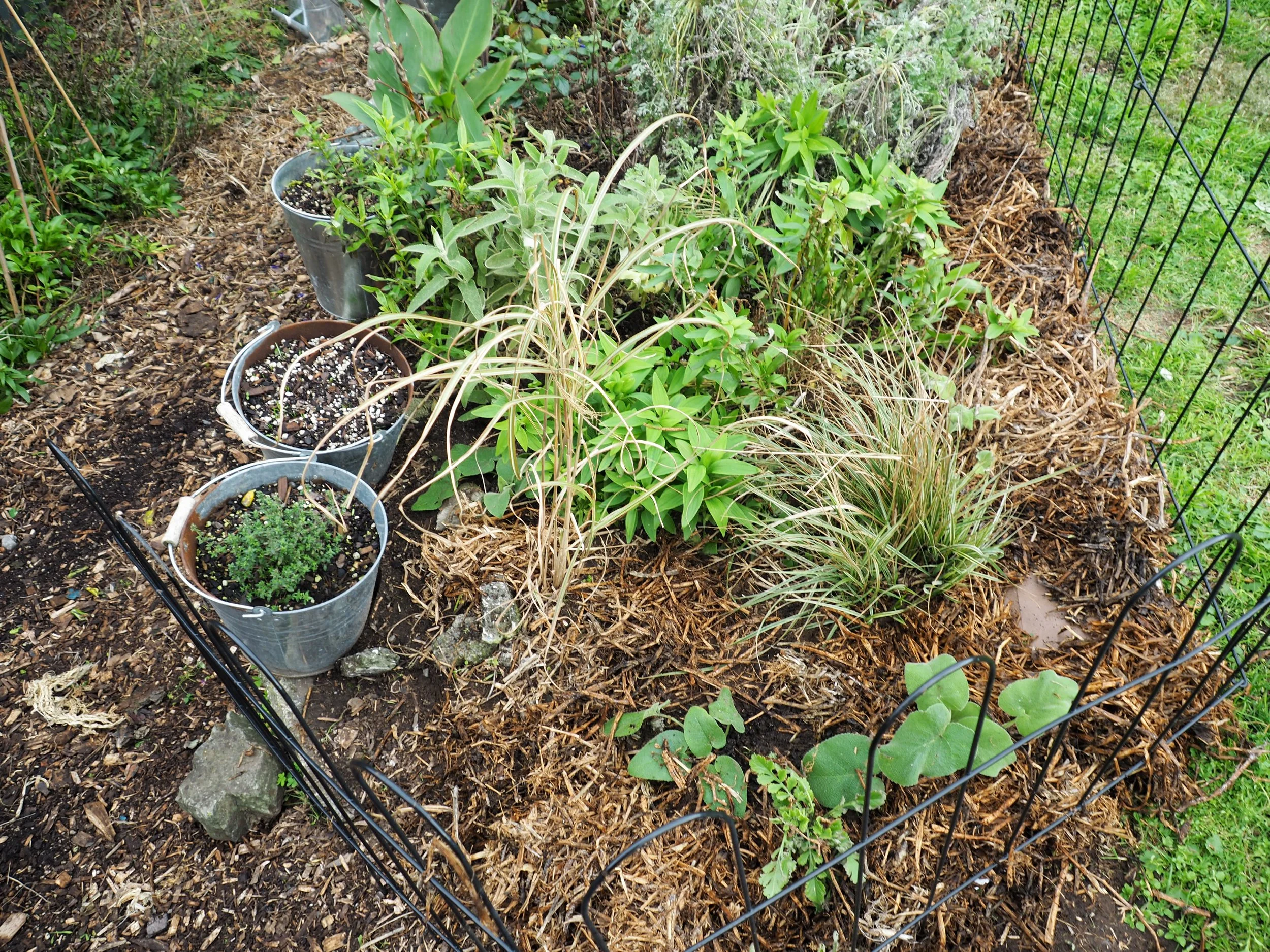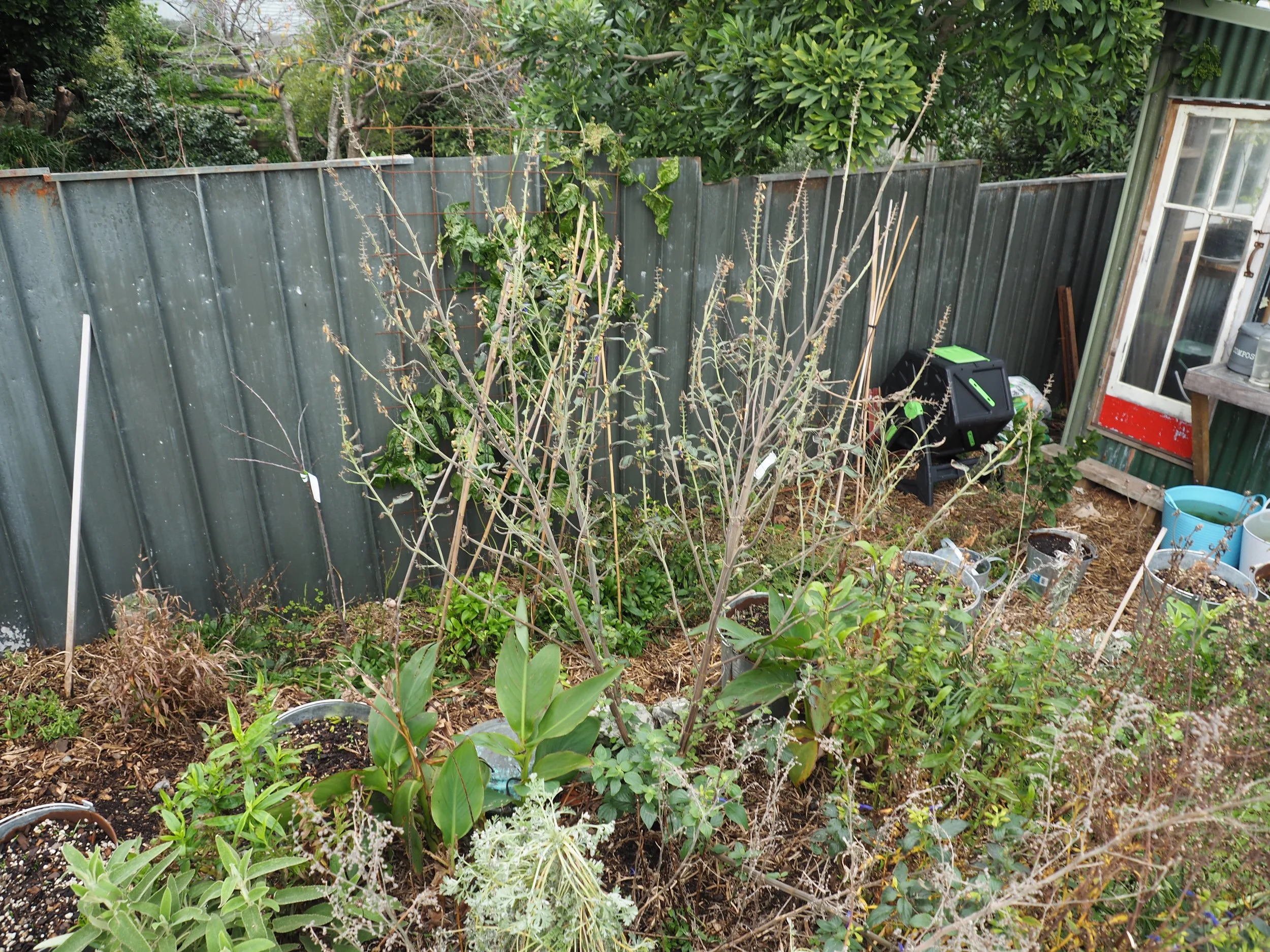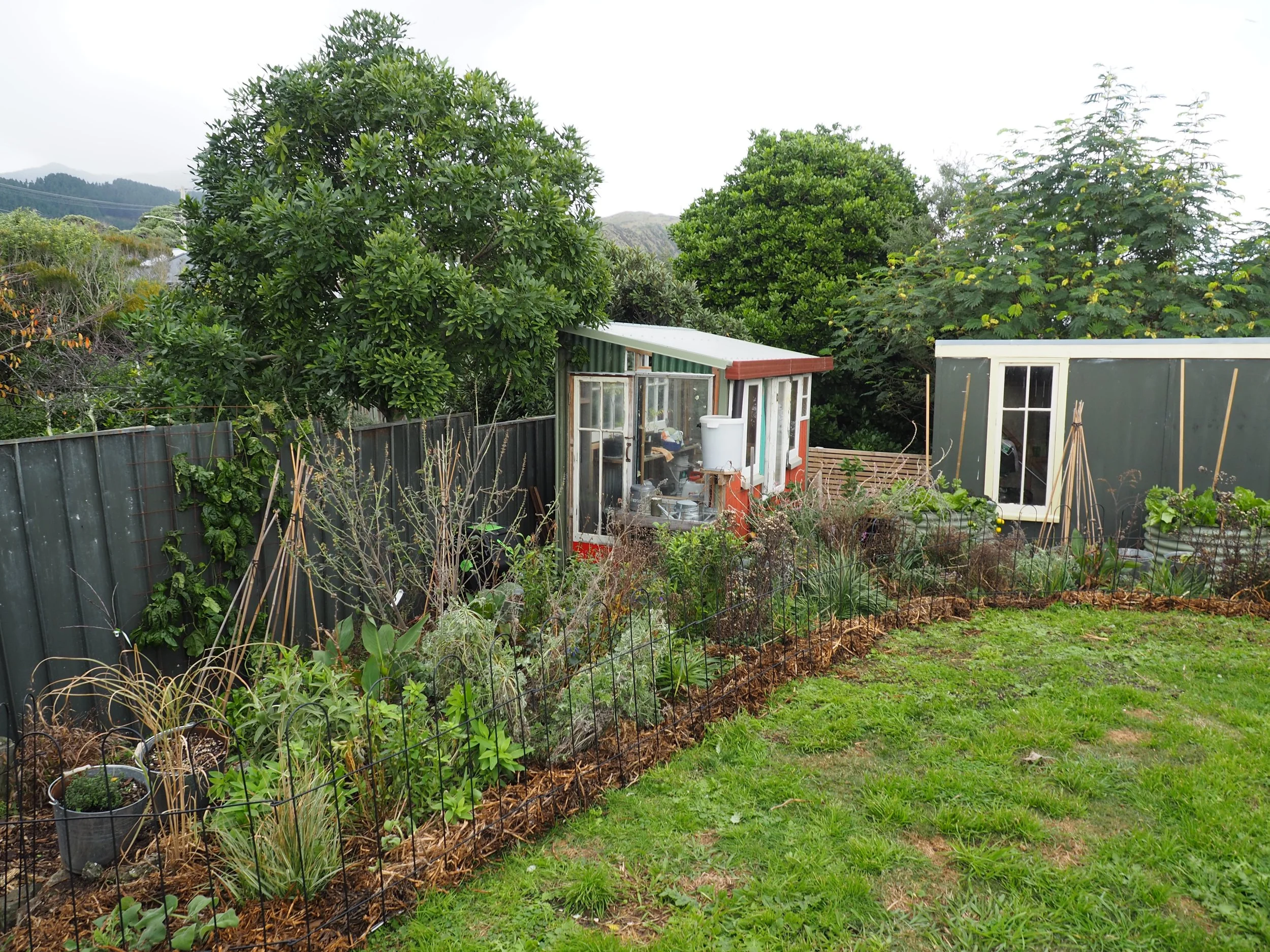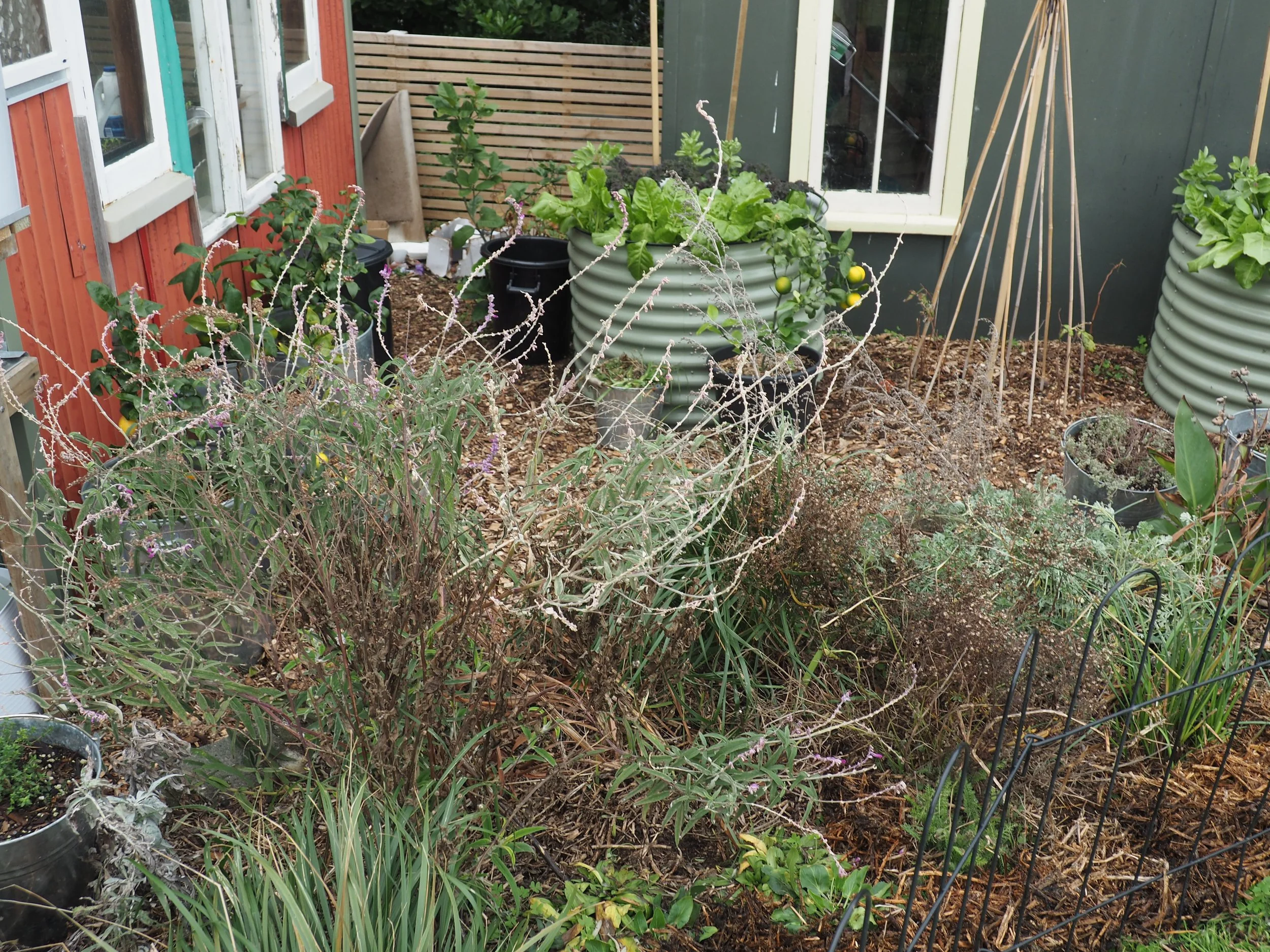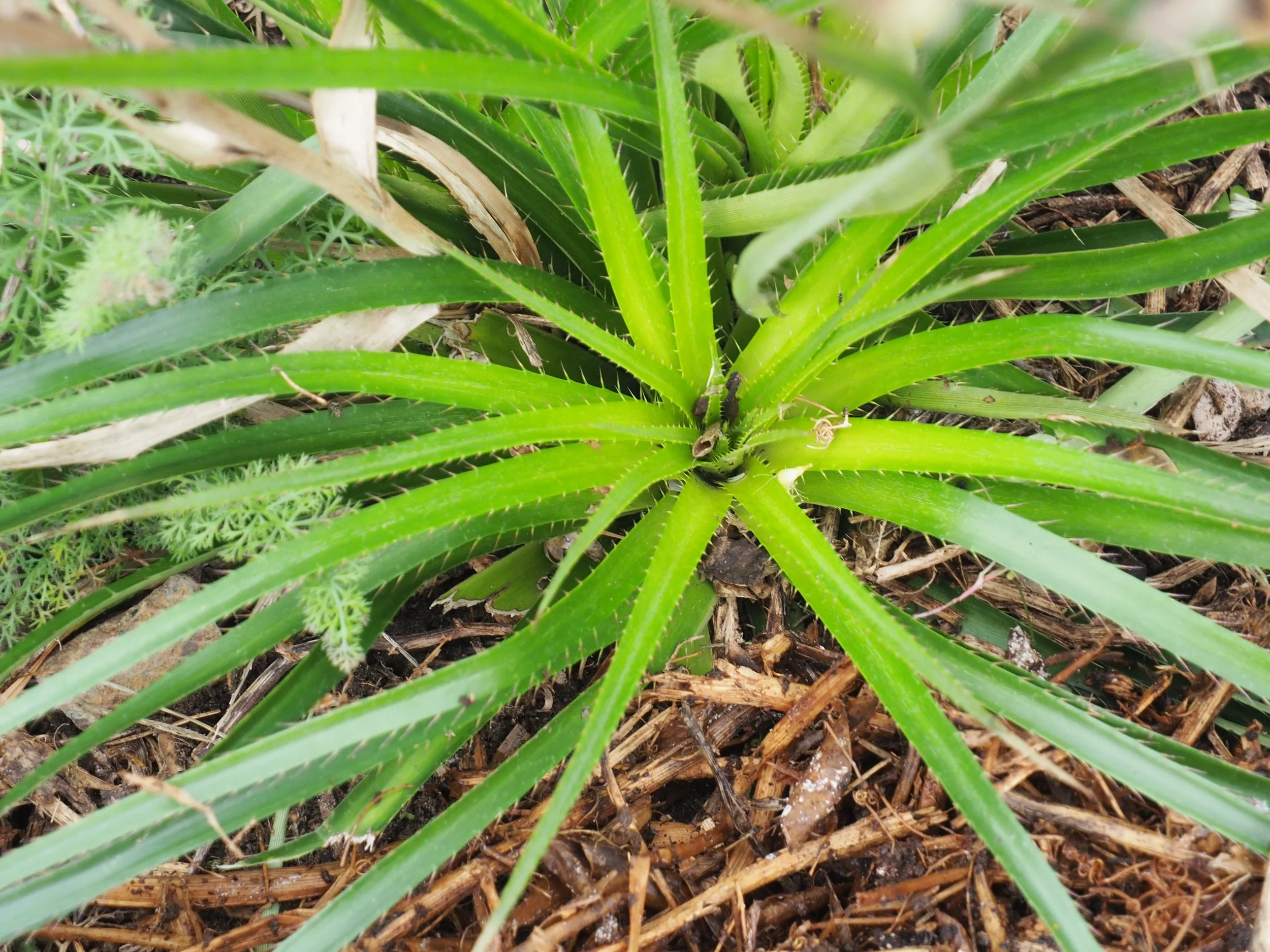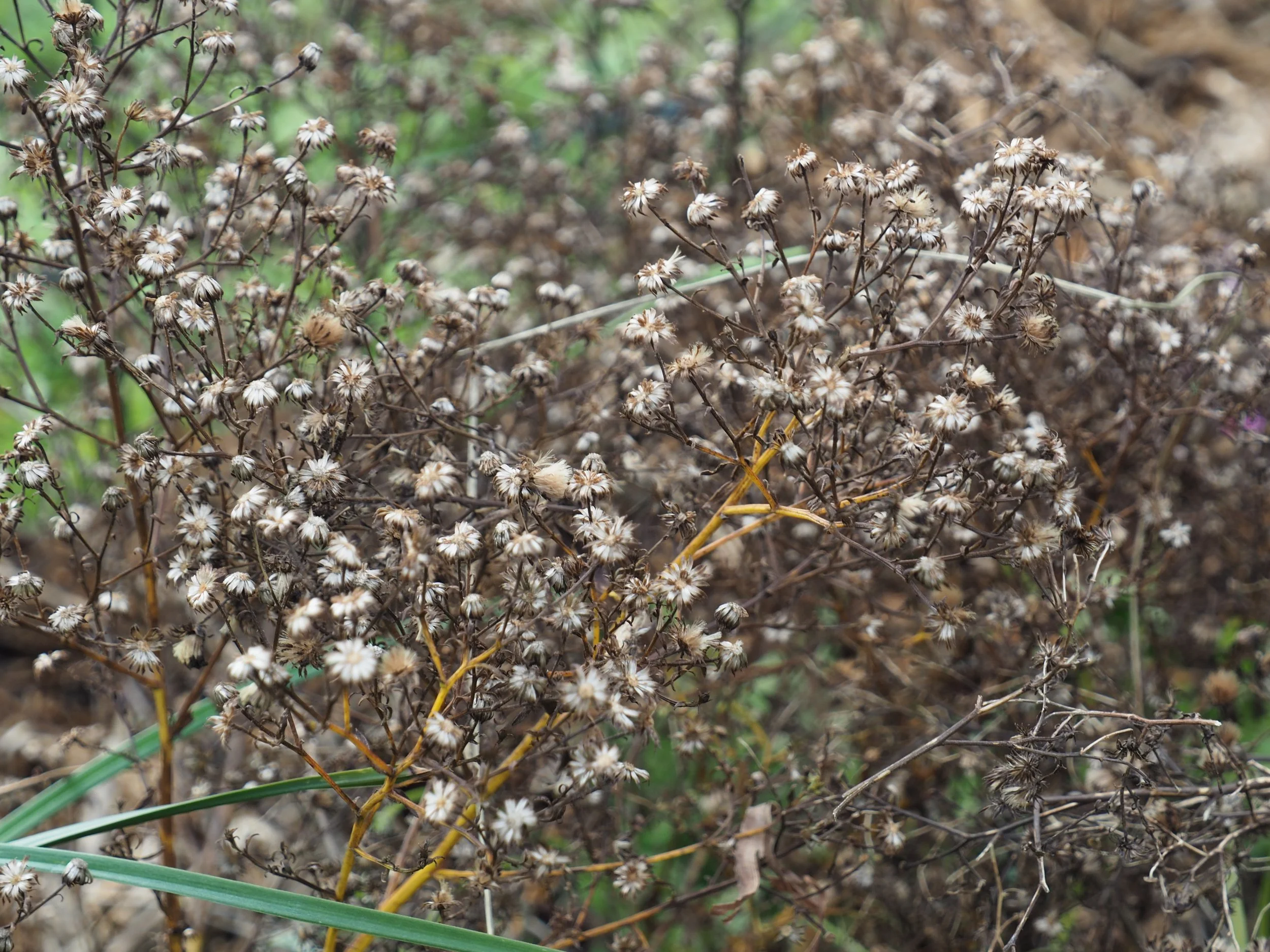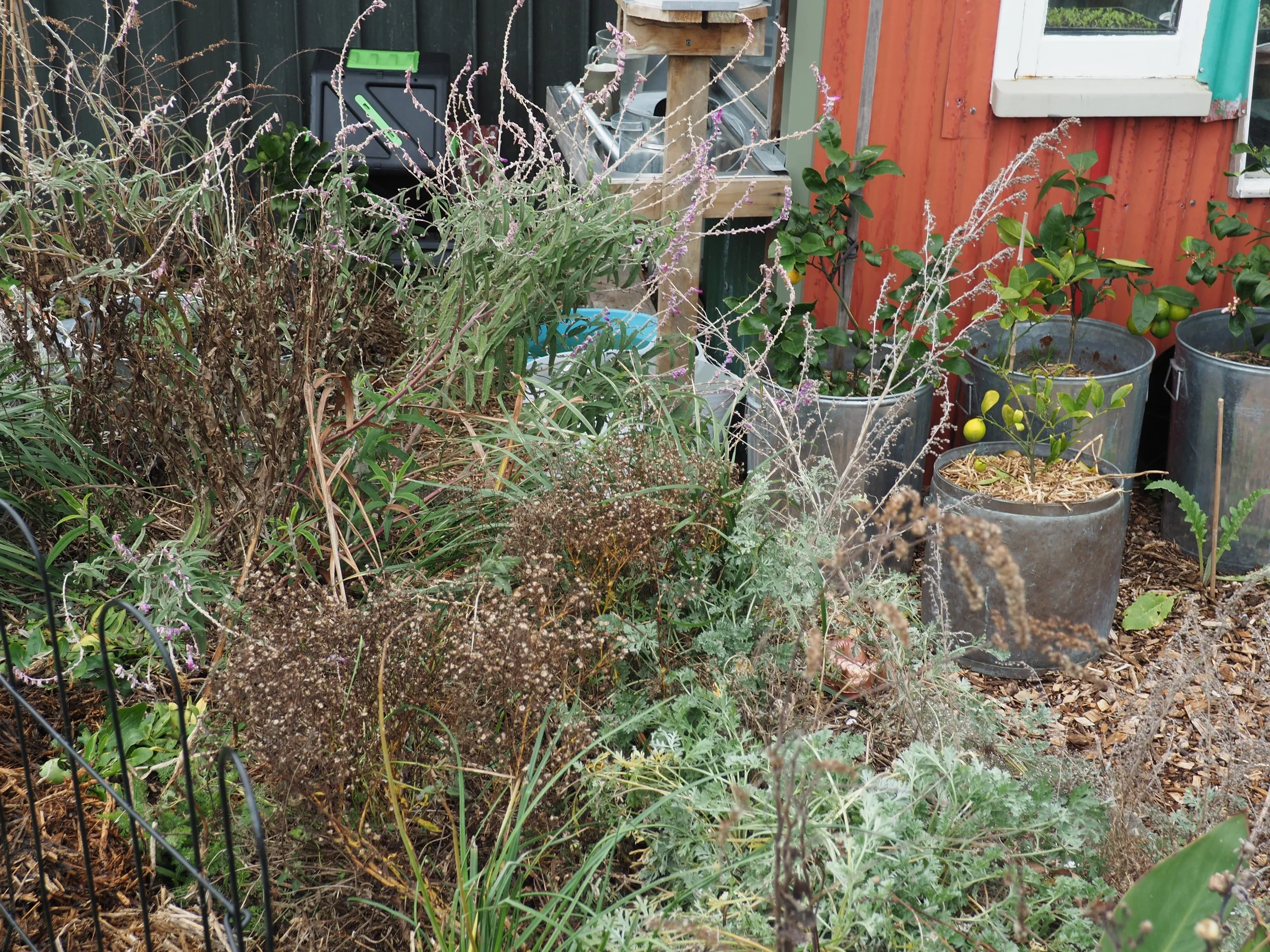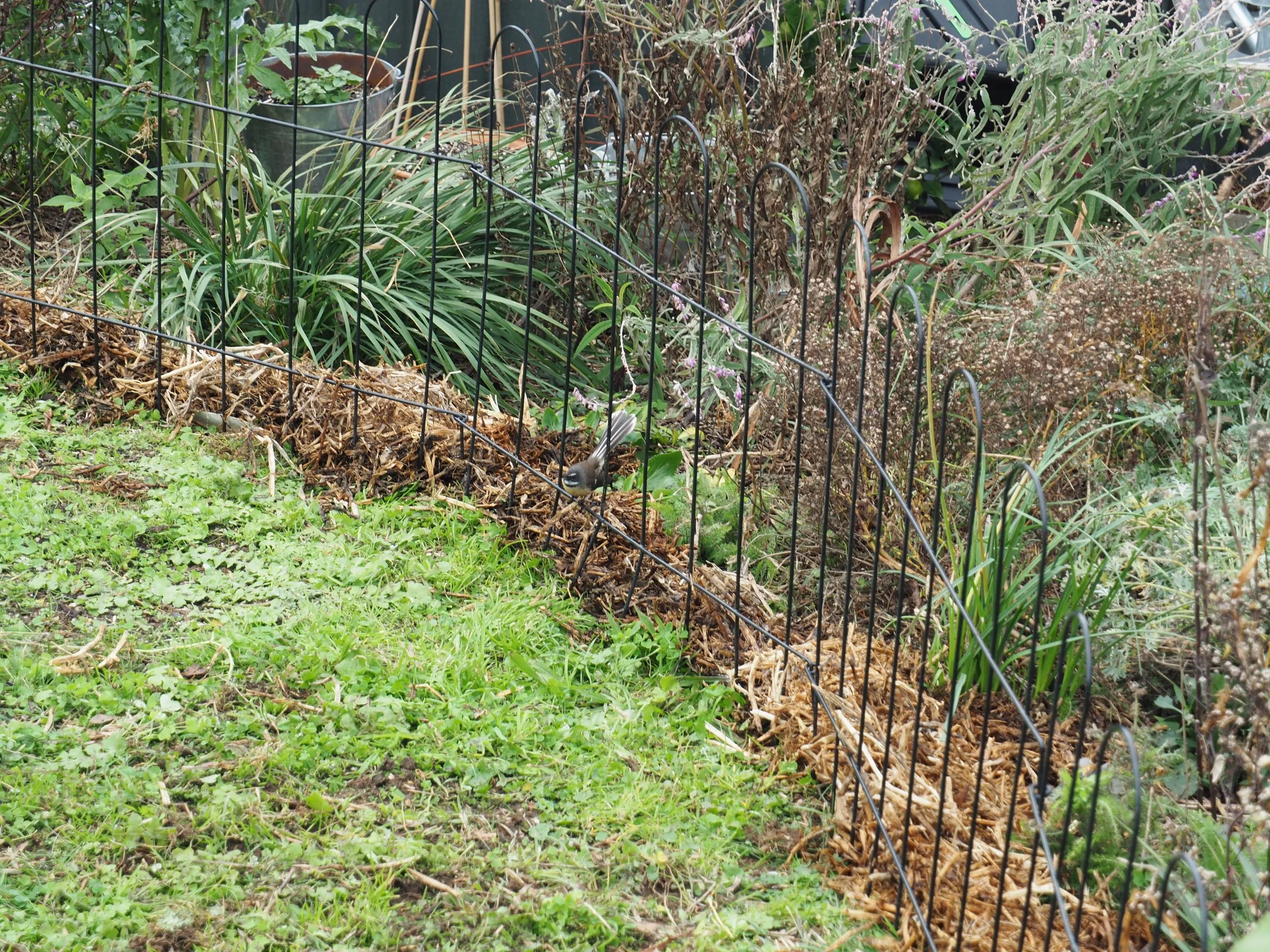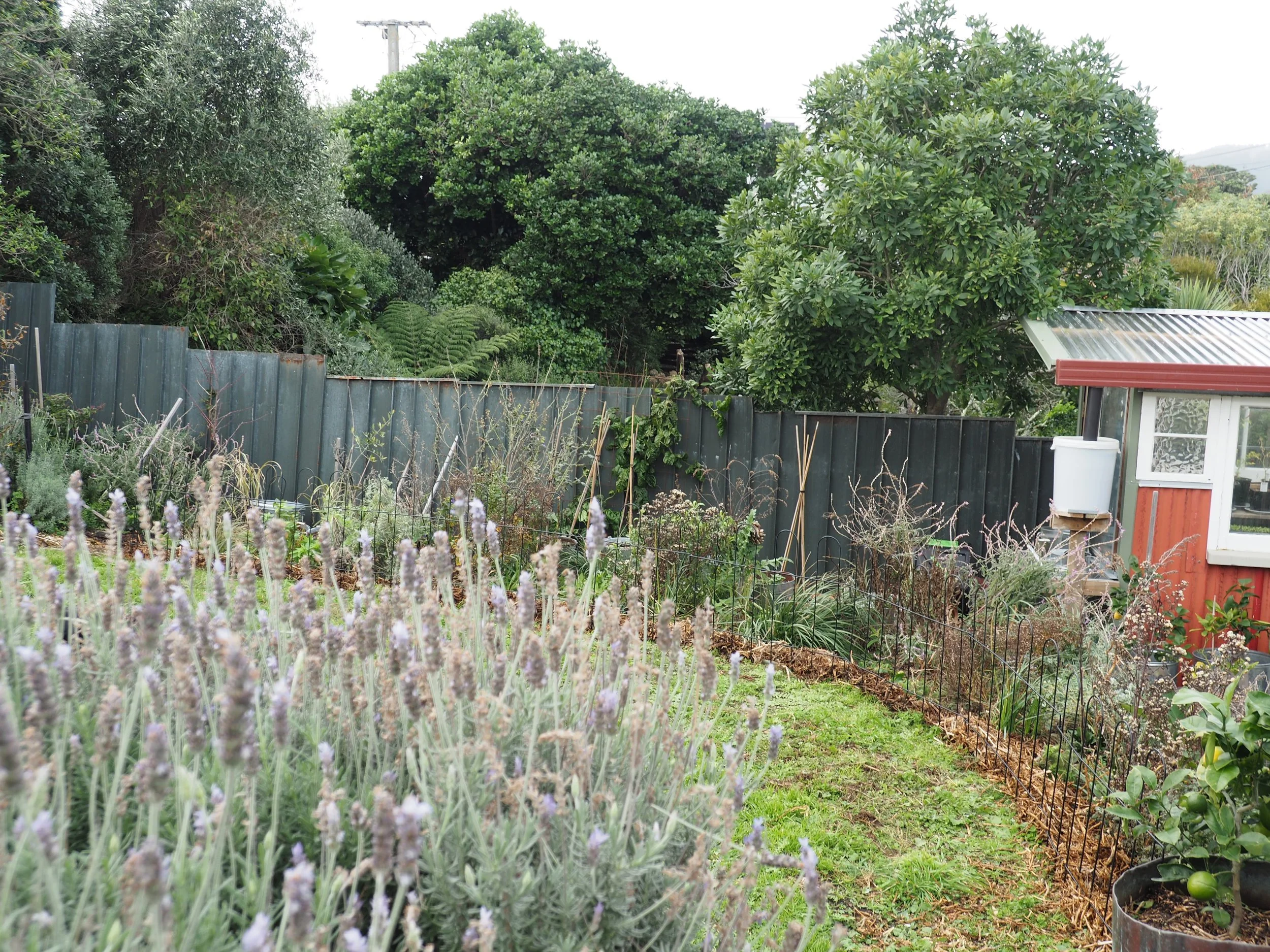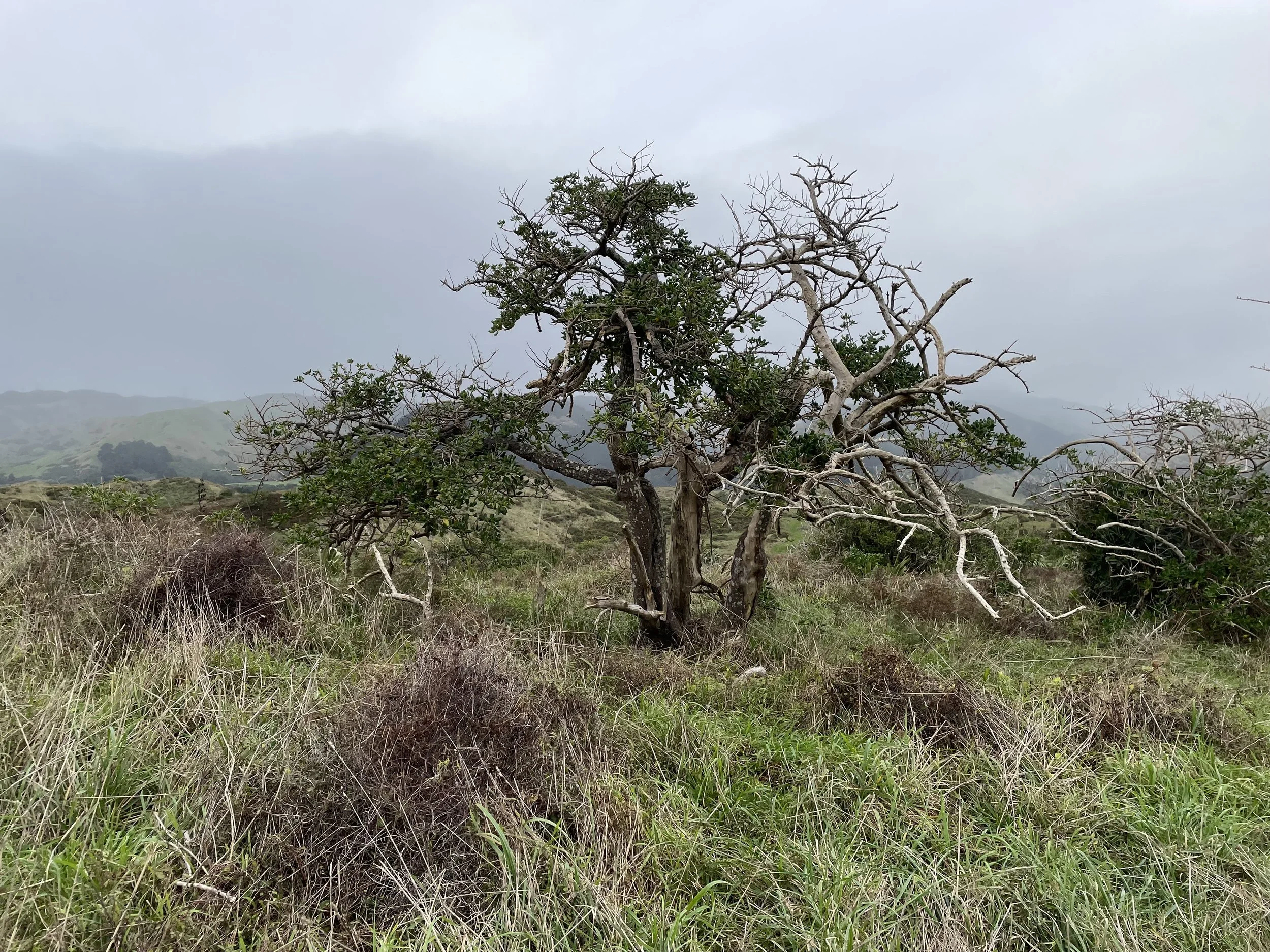I love flowers. The English flower border, in all its iterations, is my favourite sort of garden. Thankfully it’s also a hugely important habitat for pollinators and other animals. I learnt all about this after watching a Great Dixter Webinar in 2020. I no longer need to feel that growing flowers is frivolous (when so many other people are being virtuous growing organic food and native plants - while I only dabble in such things).
A team of ecologists studied the Great Dixter flower borders and discovered, to their surprise, that the borders were teeming with wildlife - the very common and the very rare. There were lots of reasons for this. It’s an organic garden, which means that fertilisers, weed killer and insecticide aren’t used. The soil is never bare. Plants aren't cut back until spring. The soil is enriched with compost. The flower borders have a diversity of plants, which in turn have a variety of heights and habits. There’s always something in flower - providing year round food and shelter for small animals.
There are lots of different flower border styles. I prefer wild and jungly to neat neat neat.
We bought our house by the sea just before lockdown last year. The first garden I made was the flower border. I promised my husband I’d confine it to a narrow strip. But I lied.
At the moment it’s a thin crescent shape that hugs the back lawn. You could say that I have expansionist tendencies. Over time, the flower border will slowly creep forward, gobbling up lawn. It’s not like the lawn is even lawn. It’s a collection of horrible weeds, (dock and a plethora of rosette shaped plants that breed like rats) and the wrong sort of grasses.
This is what the garden looked like in September last year, when I started digging it out. I dug out the grass/weeds and replaced it with soil and compost.
September 2021
October 2021
Here it is in October after I planted the first load of plants.
10 October, 2021.
10 October, 2021.
I chose plants that I thought would be happy with lots of sun, sandy soil and very little watering. I planted them closely so there wouldn’t be any gaps once they started to grow. I thickly mulched the soil with pea straw.
Here are some of them: Artemisia Ludoviciana, Artemisia absinthium ‘Lambrook Giant’, Artemisia ludoviciana var latiloba ‘Valerie Finnis’, Calamagrotis x acutifolia ‘Karl Forester’, Calamagrotis x acutifolia ‘Overdam’, Crocosmia ‘Lady Hamilton’, Erynguium yuccifolium, Phlomis italica, Achillea ‘Anthea’, Kniphofia ‘Green Jade’, Papaver ‘Orientale Brilliant’, Penstemon ‘Alice Hindley’, Salvia Mexicana ‘Limelight’, Soldiago canadensis ‘Baby Gold’.
December 2021
20 December, 2021.
The flower garden had to look after itself. I planted a few more plants in early summer and then forgot about it. We were living between 2 houses (getting the Wellington one ready to sell). I wish I took more photos.
February 2022
Summer was hot and dry. The whole garden was a mess. I was really impressed with the plants I chose because they didn’t die. I wasn’t around much (and if I was, well, I was preoccupied with sorting out 16 years of stuff - we moved from a big house with lots of storage to a smaller house with none. If, like me, you’re a hoarder, then sorting out stuff becomes an exercise in mental torture. Most of my garden books are being stored in a garage in Wellington. I cry myself to sleep every night because I miss them so much (just kidding).
March 2022
I was surprised at how long the asters flowered for in this garden. The asters in my old garden only lasted a few weeks.
May 2022
Autumn was good. It was sunny and still. It didn’t rain much.
There are 2 different salvias in this garden and both are stunning. There’s Salvia nemorosa (at least I think that’s what the purple one is, but the more I think about it, I’m thinking it’s not) and Salvia mexicana ‘Limelight’ (above ).
June, 2022
June has been a month of terrible storms. There was flooding, gale force winds, mini tornadoes and a lot of thunder and lightning (which caused the tornadoes). My garden was fine, apart from a small pohutukawa tree which lost a branch. All the rain was good news for the plants.
My friend Sophie gave me a bottlebrush tree and a box of plants she’d grown. I haven’t worked out where the bottlebrush is going but I planted the others today. There were 4 phlomis’ and they all went into the flower border. I spent a few hours this morning weeding and mulching the flower border…and…um… extending it.
The ugly black fence and tin buckets are to stop the dogs from decimating the garden, especially the big dog (she’s a plant killer).
I’ve started growing flowers from seed in the greenhouse. I’m growing 2 sorts. The scabiosa fragrant dwarf doubles (which I love) have grown, but the Achillea filipendulina ‘Parkers Variety’ hasn’t. I think it’s too cold, because I’ve grown achillea lots of times in the past. In spring I want to grow echinops and eryngium. They bring an element of sci-fi-chic to the flower garden.
A fantail kept me company. Can you find it in the picture below?
And so the flower border is ready for winter. I won’t cut anything back until spring.
Here’s tree of the week. Is it a shrub or is it a tree? I say tree. A very underrated one. It’s Coprosma repens, taupata. It’s in the Rubiaceae family (the coffee family). One of the largest plant families on earth. This tree is invincible. Here it is growing in QE2 Park in Kapiti. It gets blasted by salt-laden westerlies and bone-chilling southerlies and it’s still standing.
A clever past-gardener at the new house, grew these trees as a low hedge. They make a stunning hedge. They also make a wonderful windswept small tree.
See you next Sunday.
